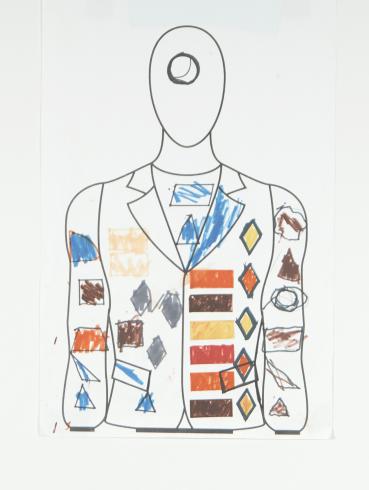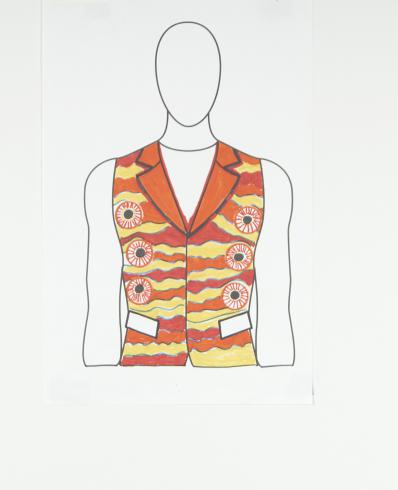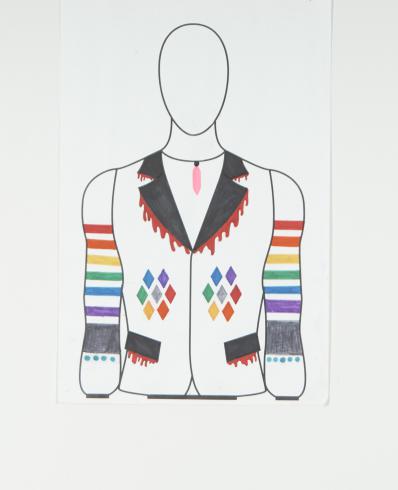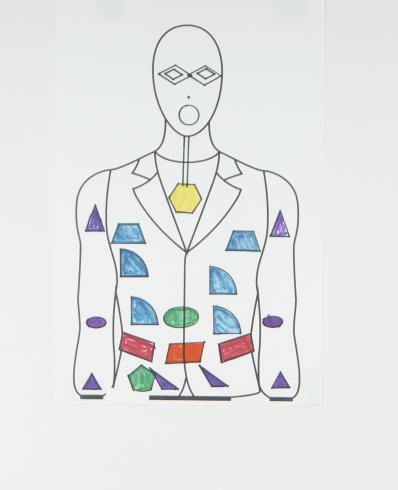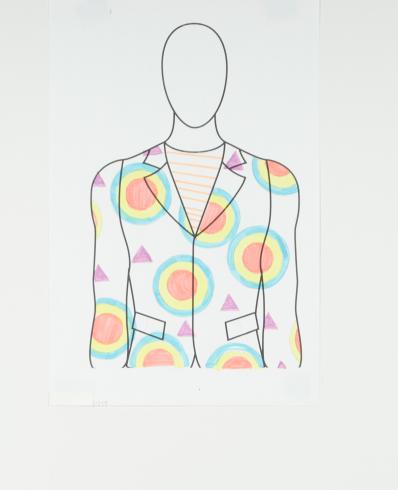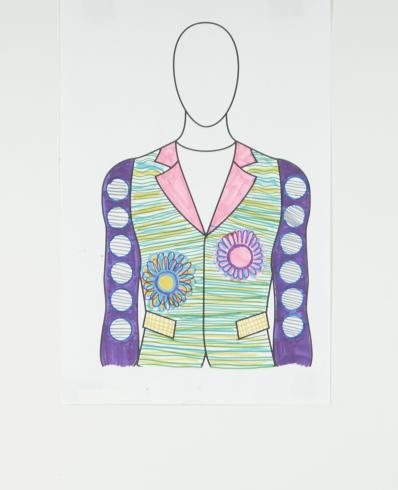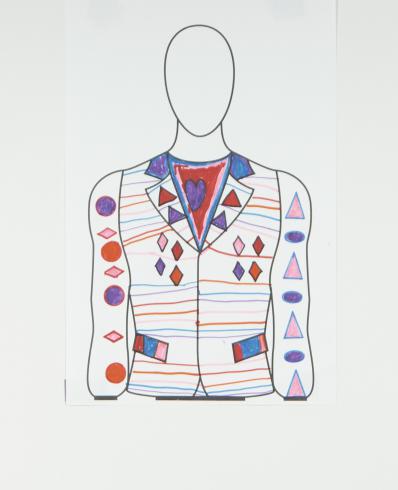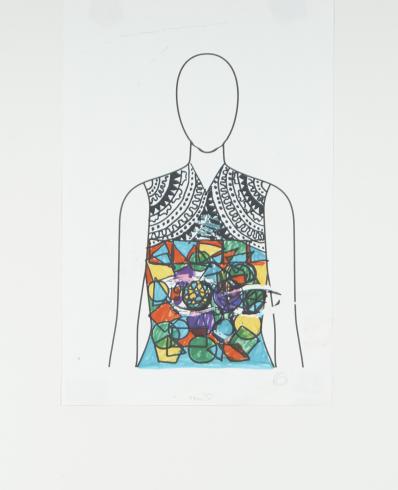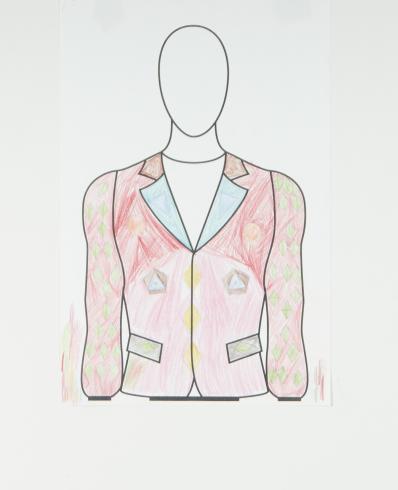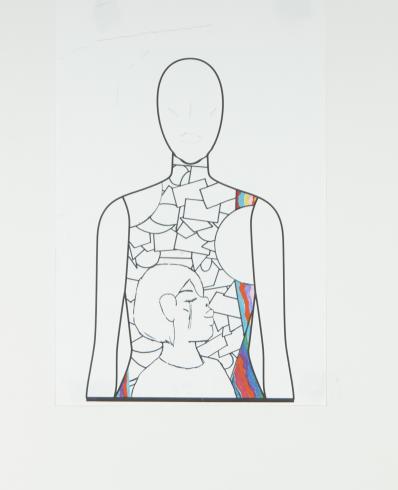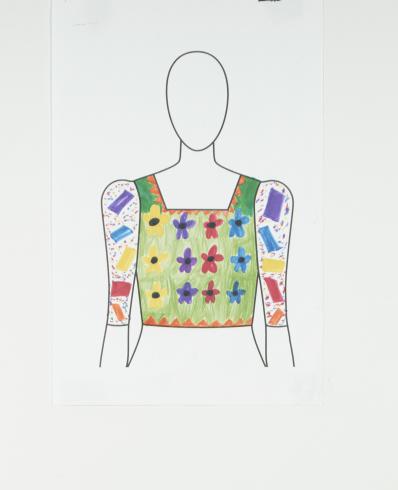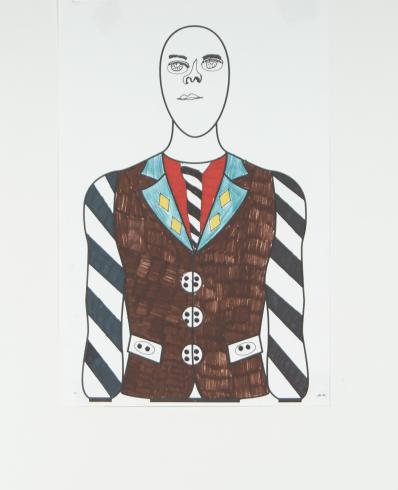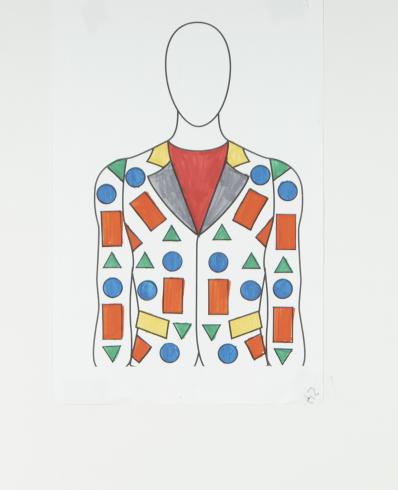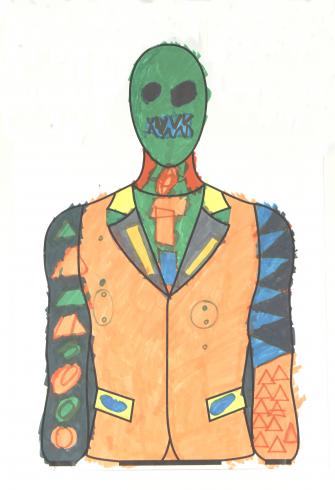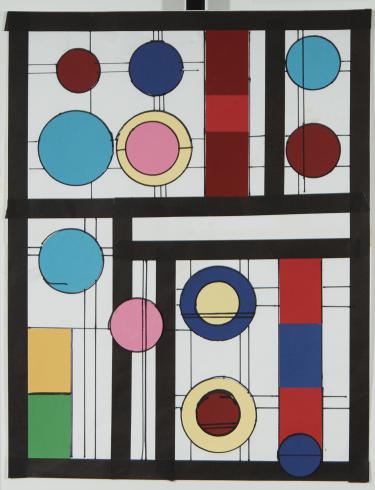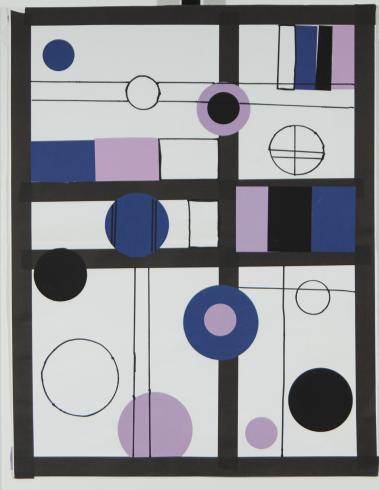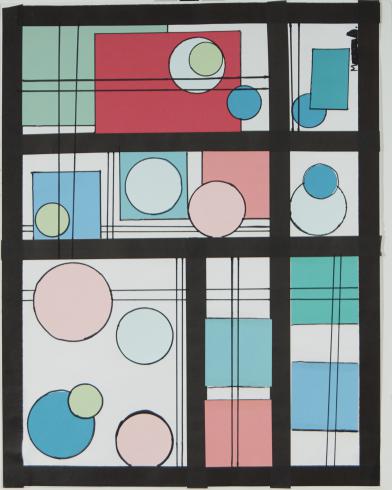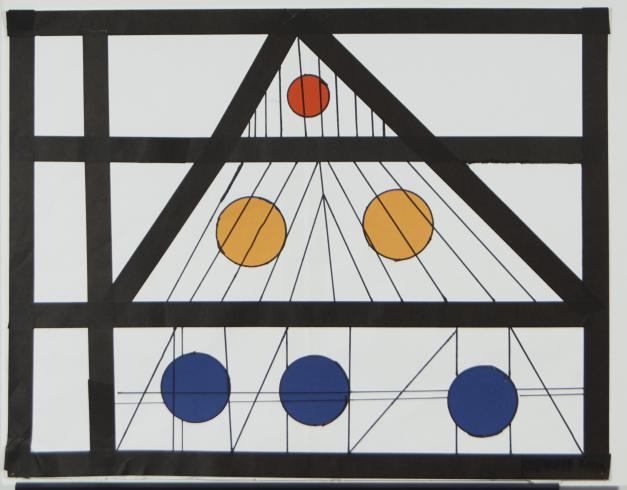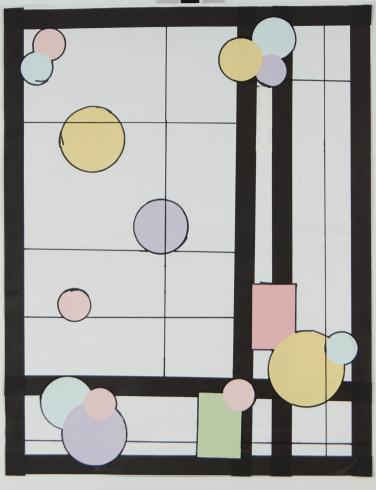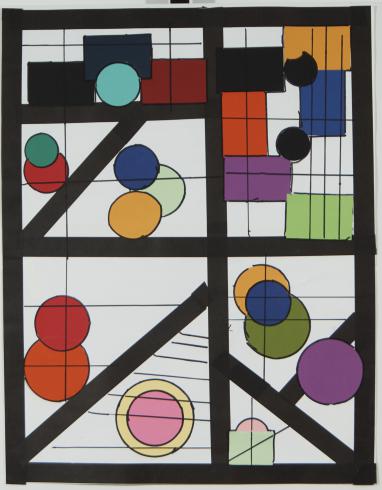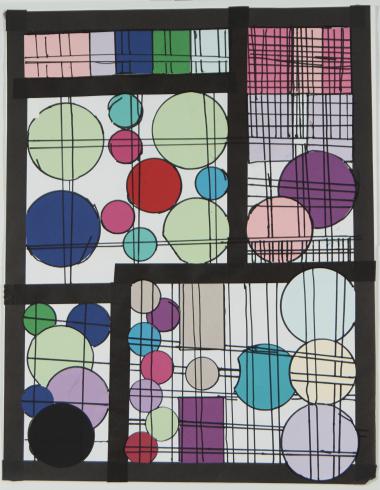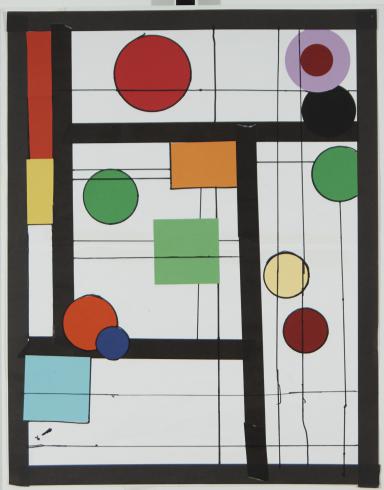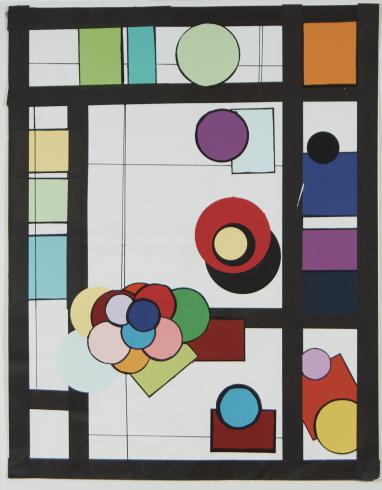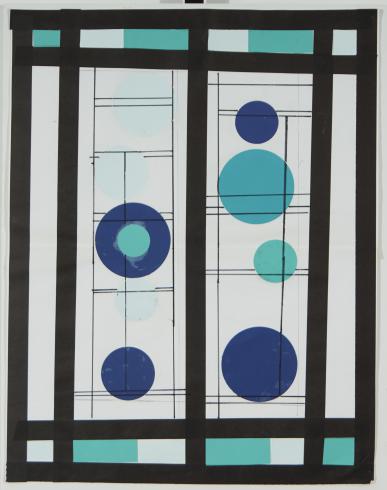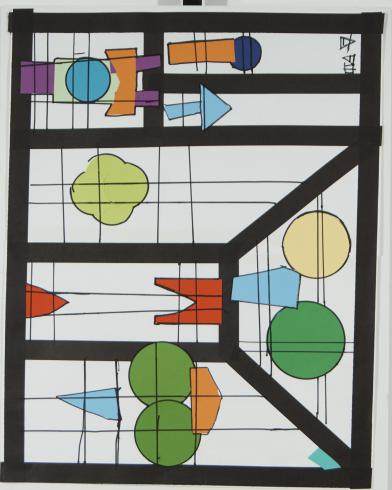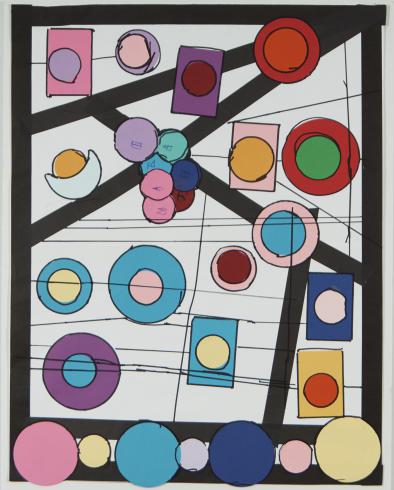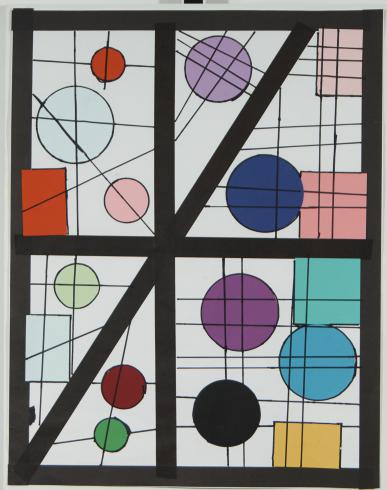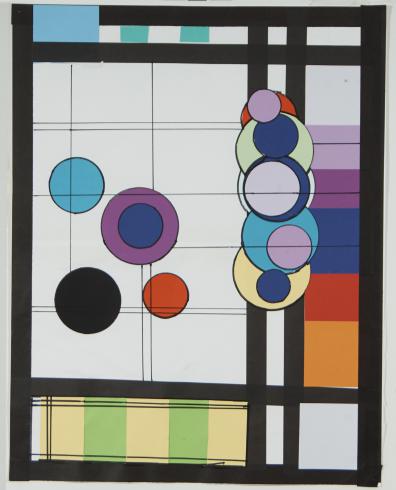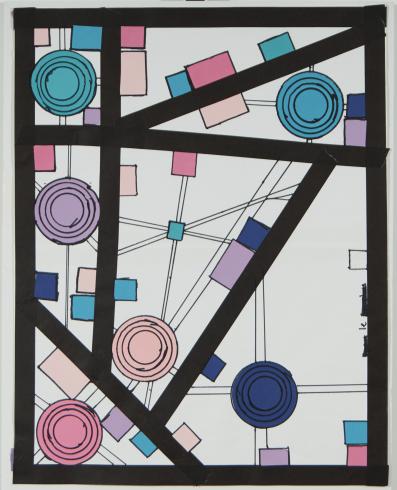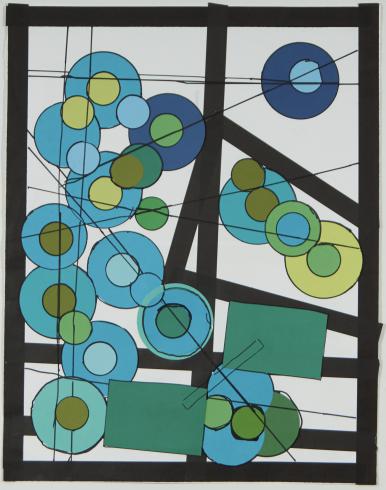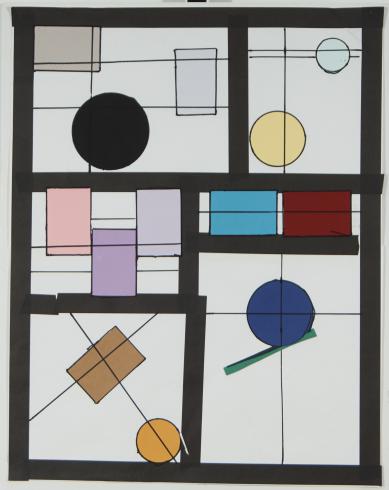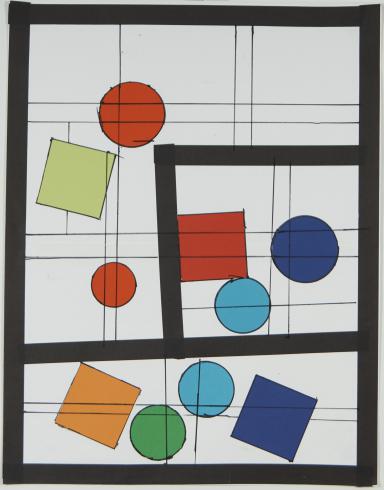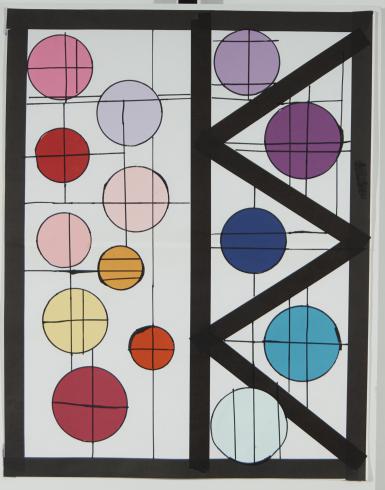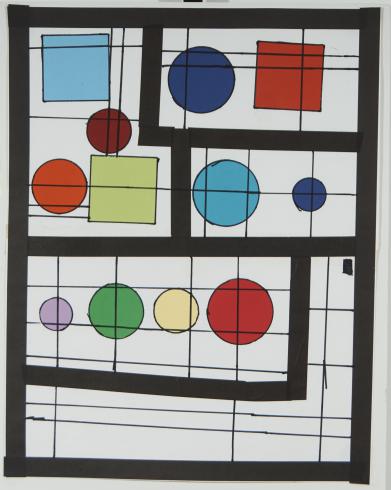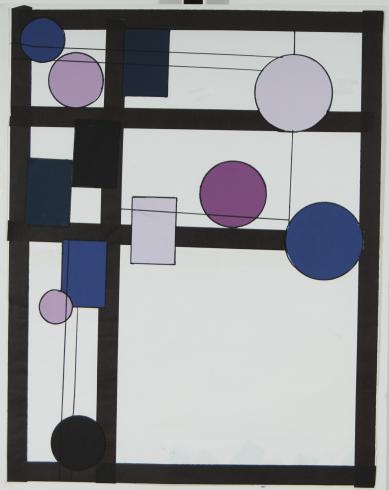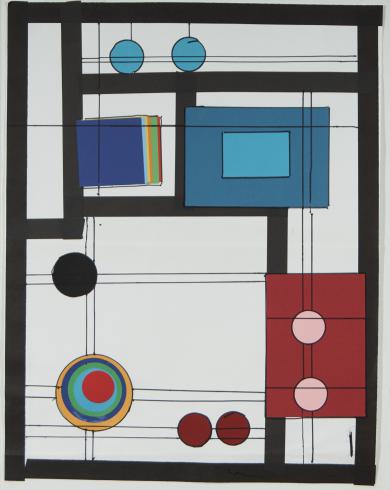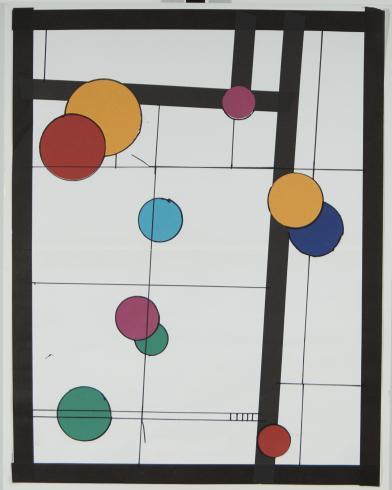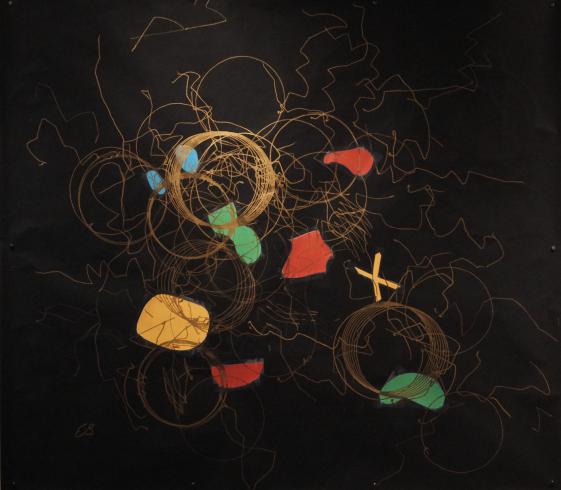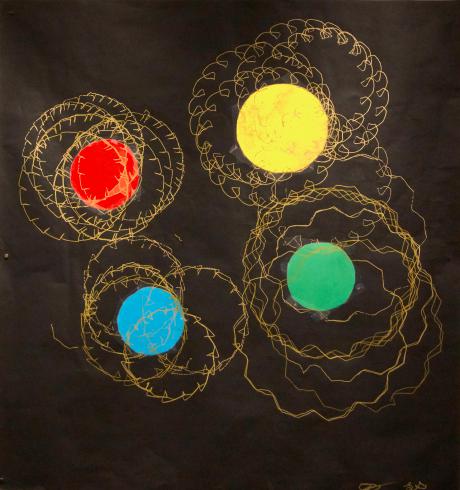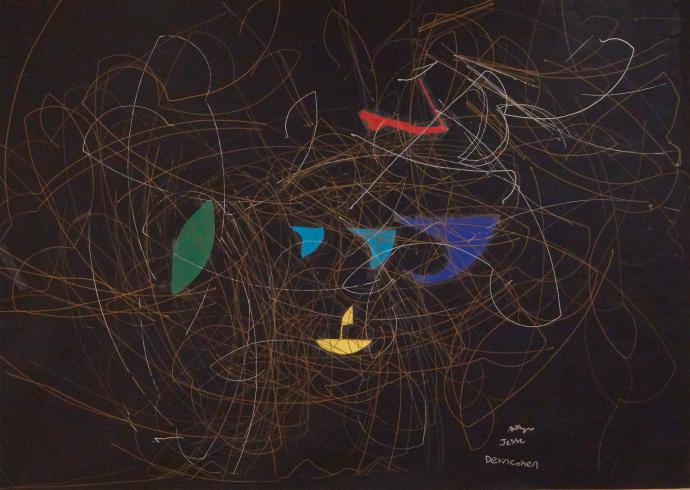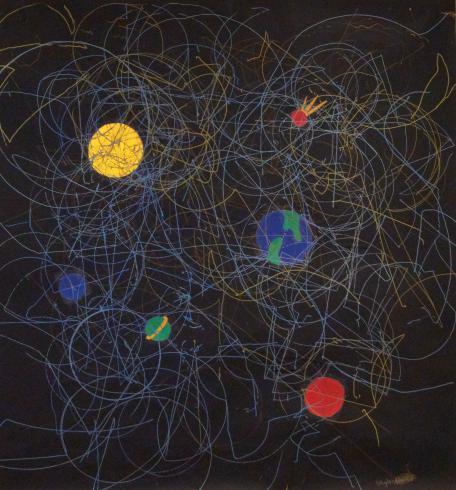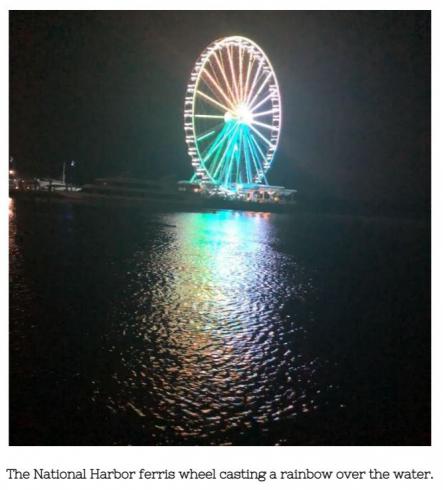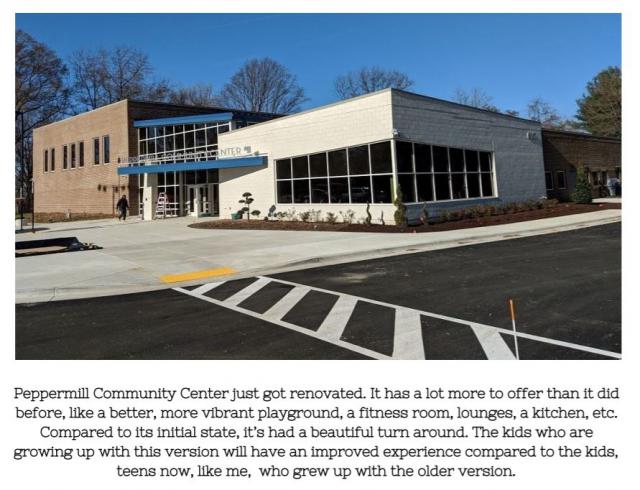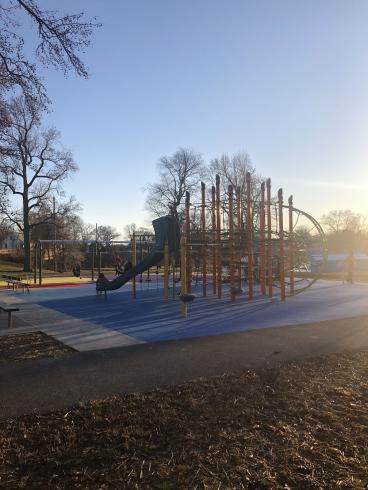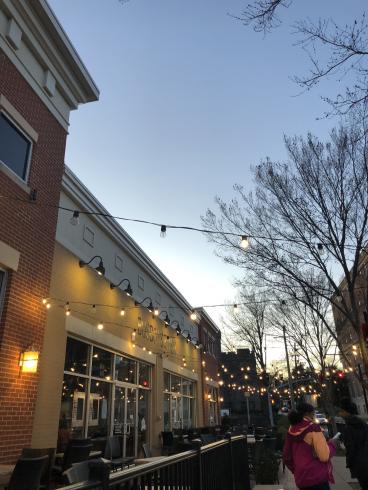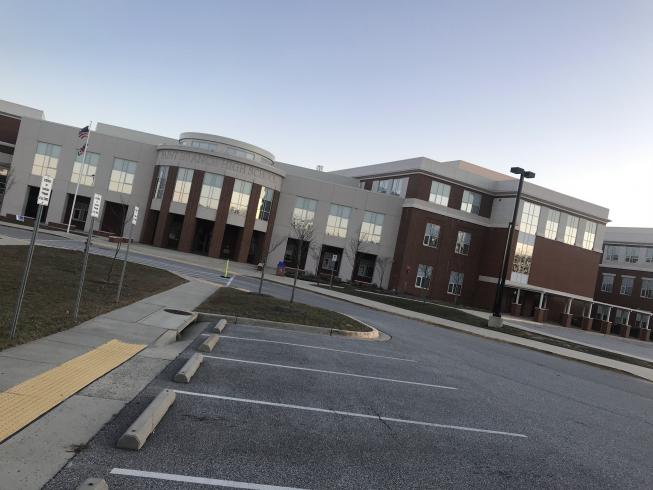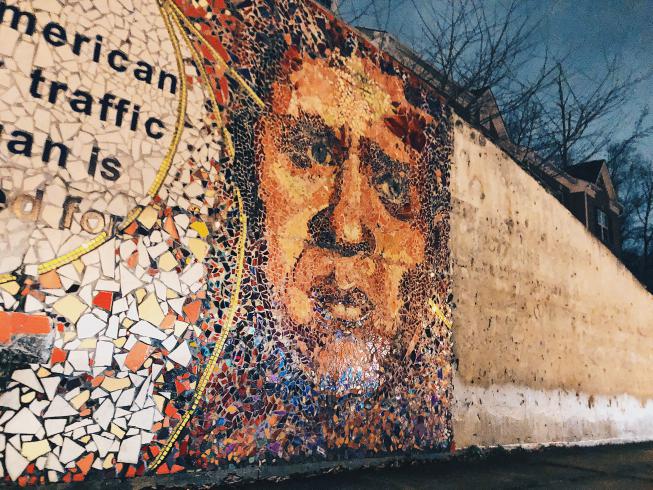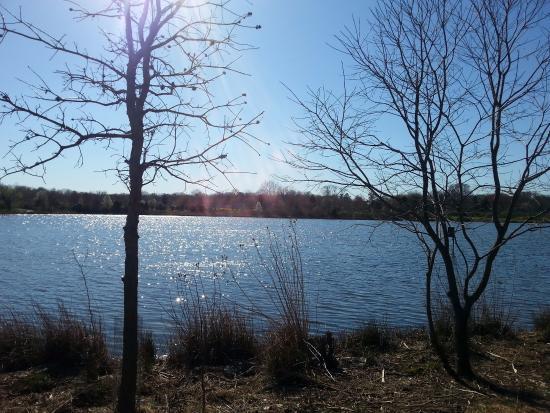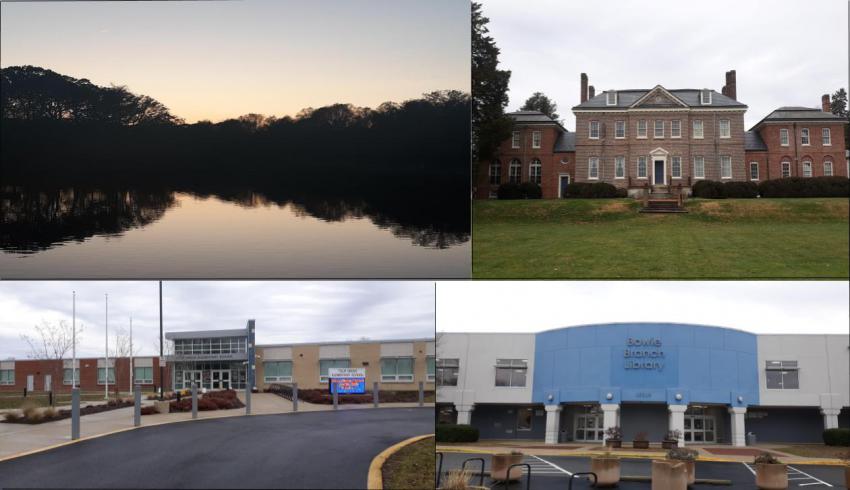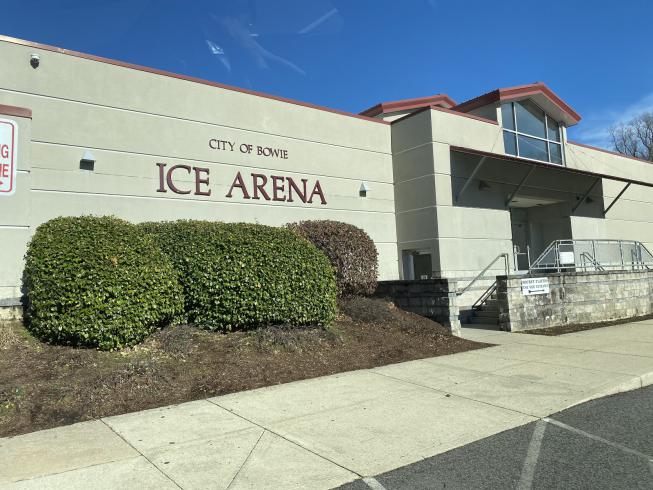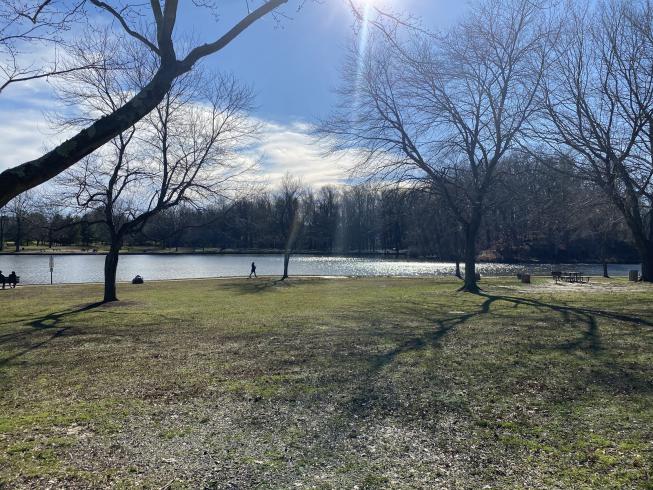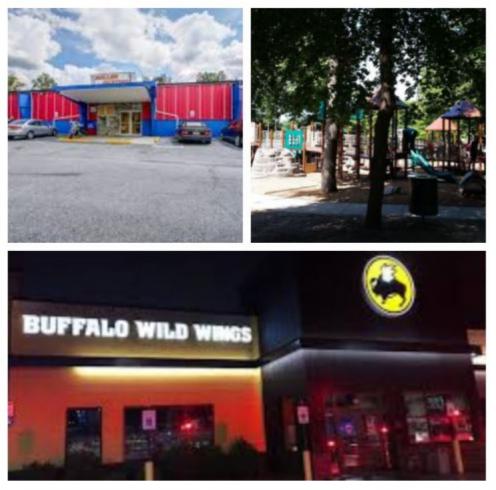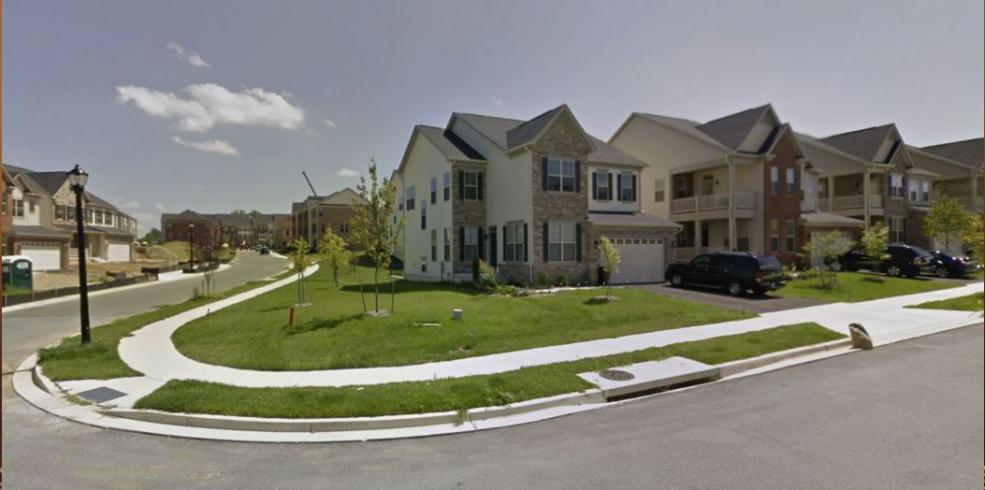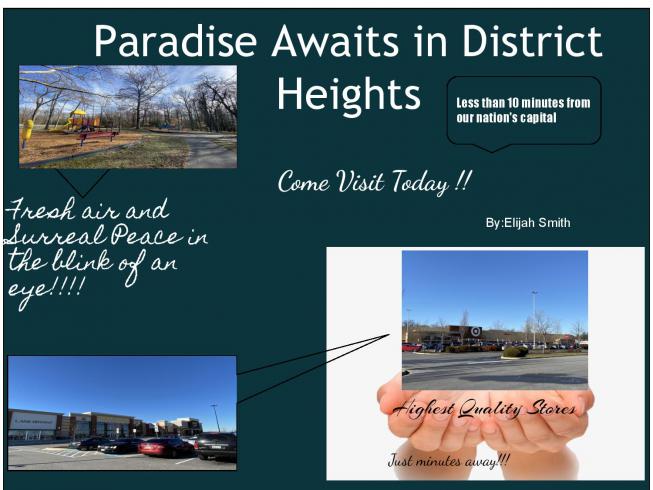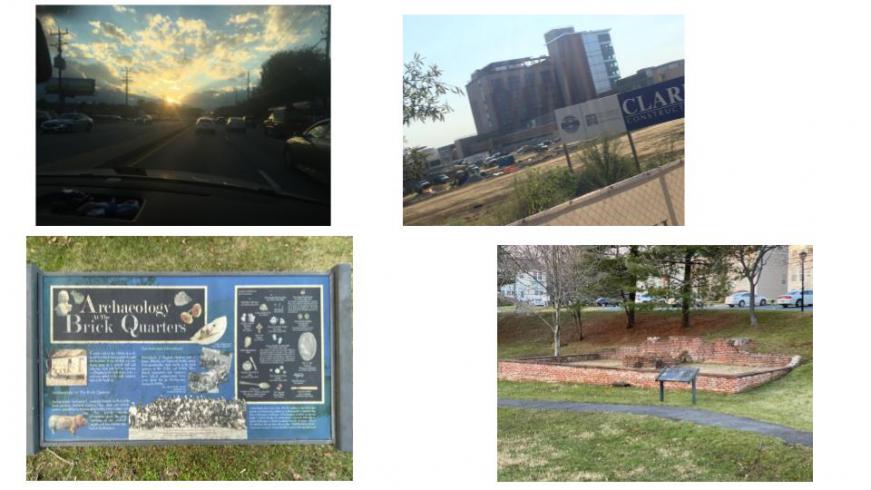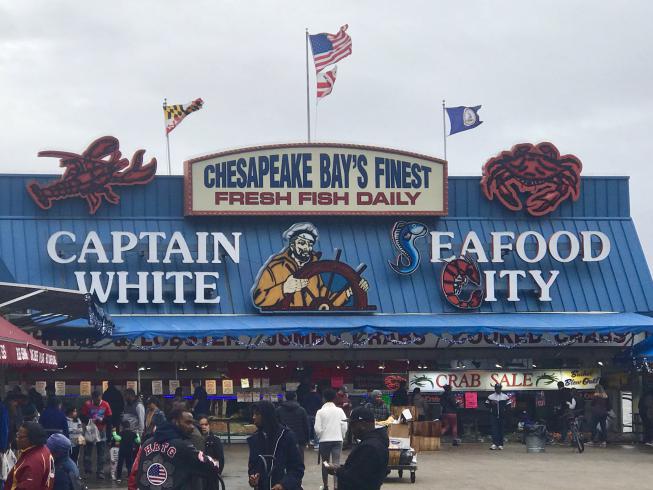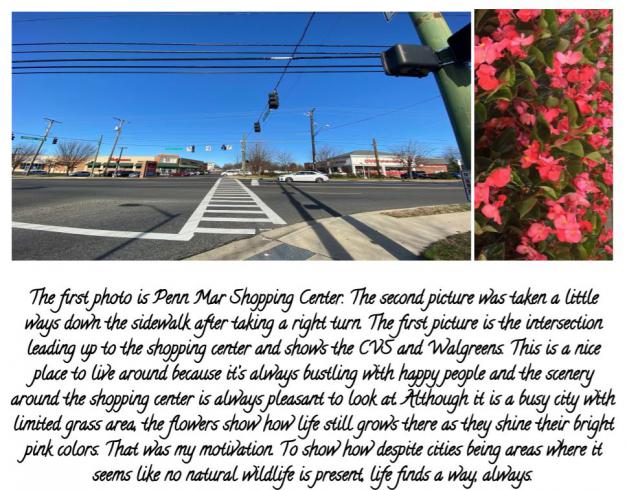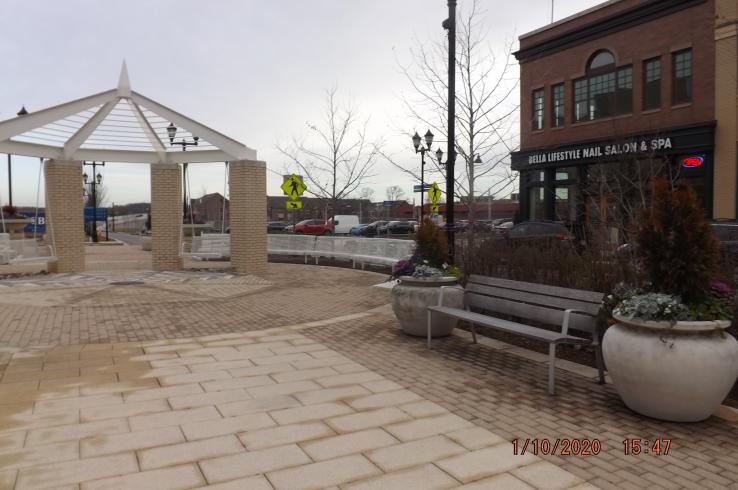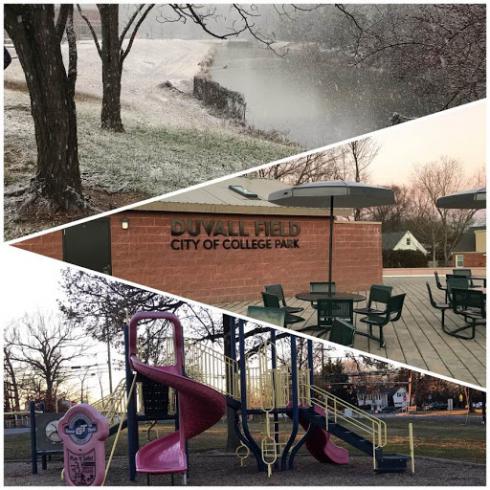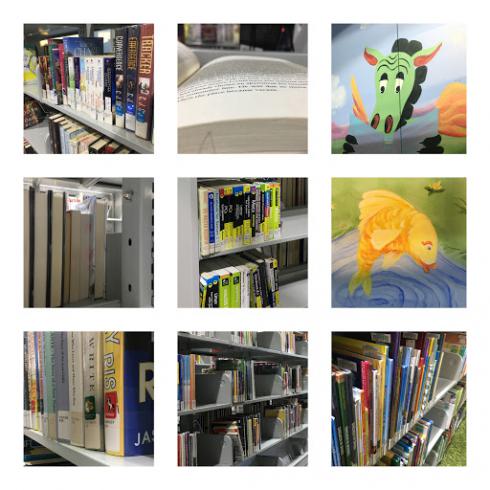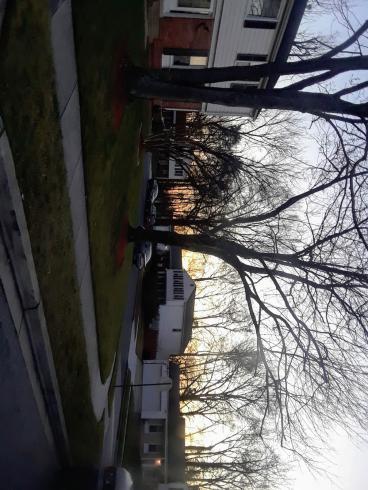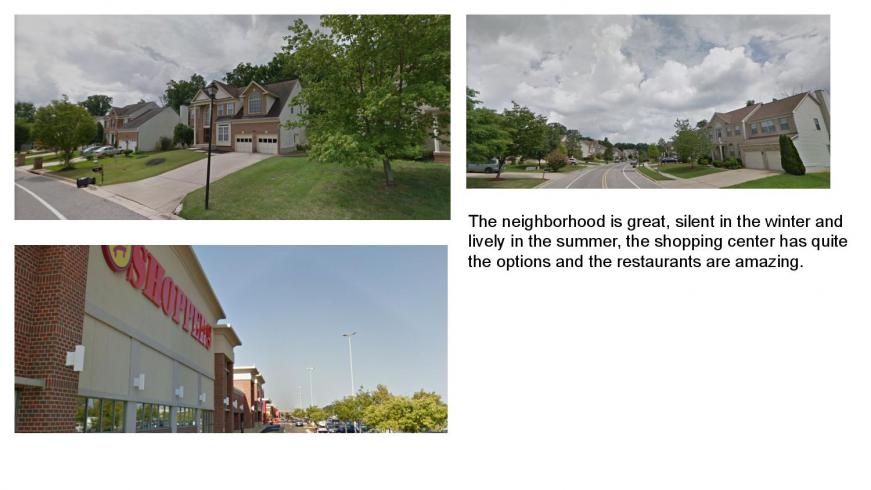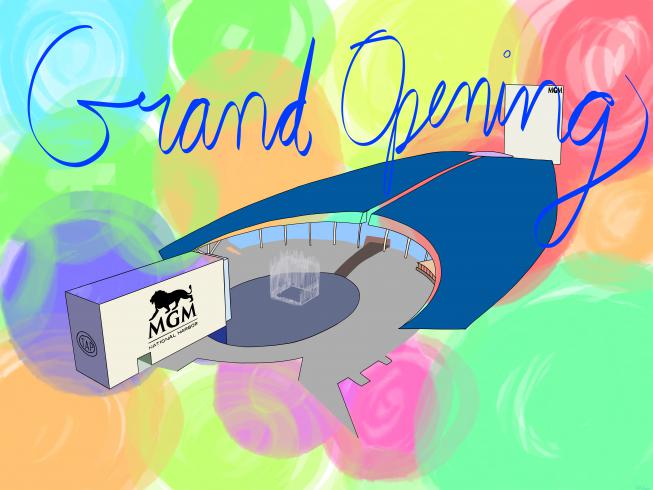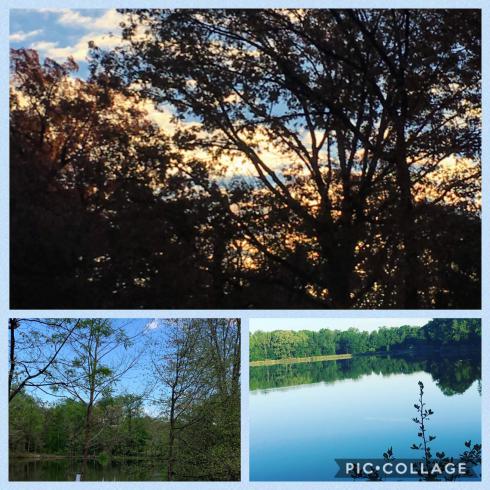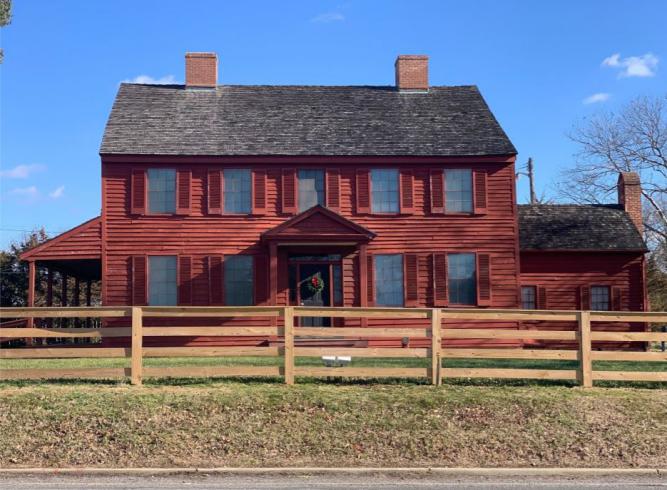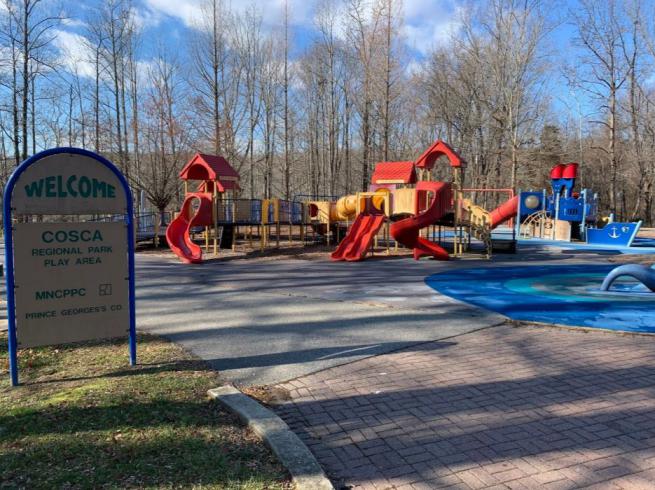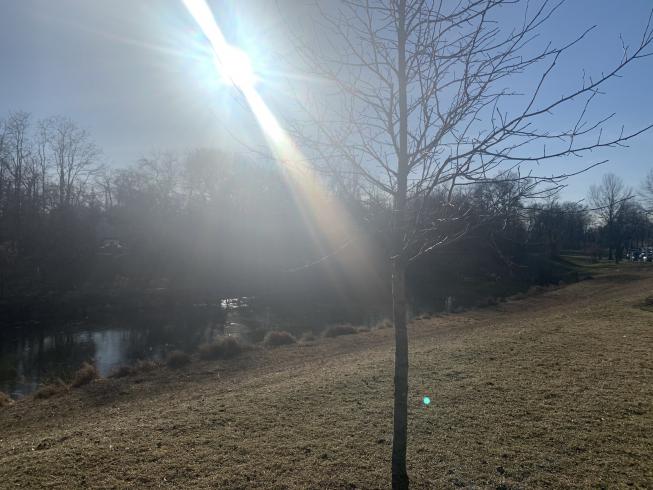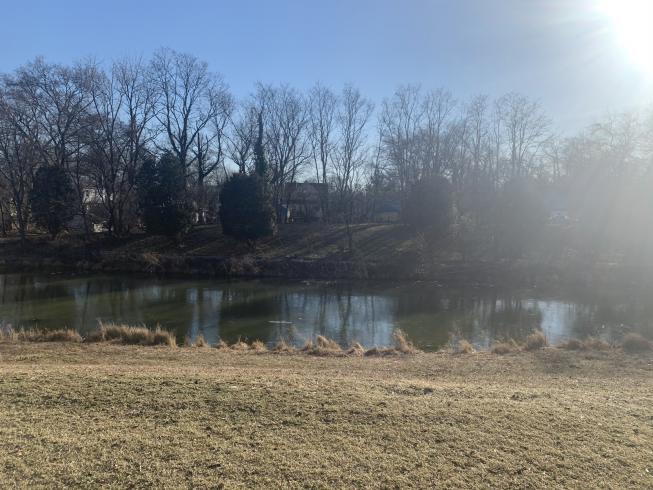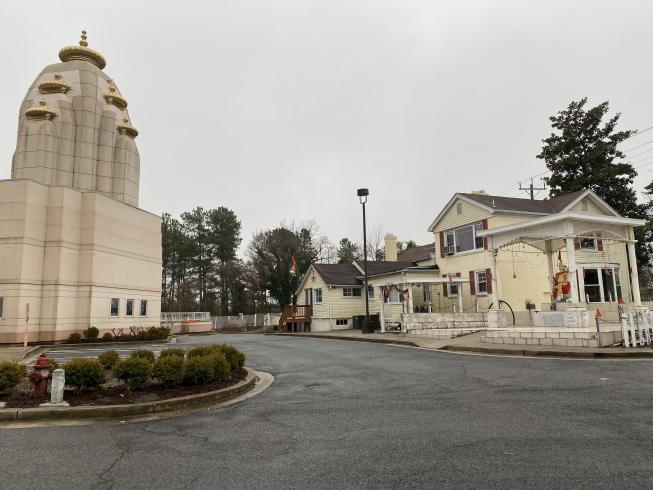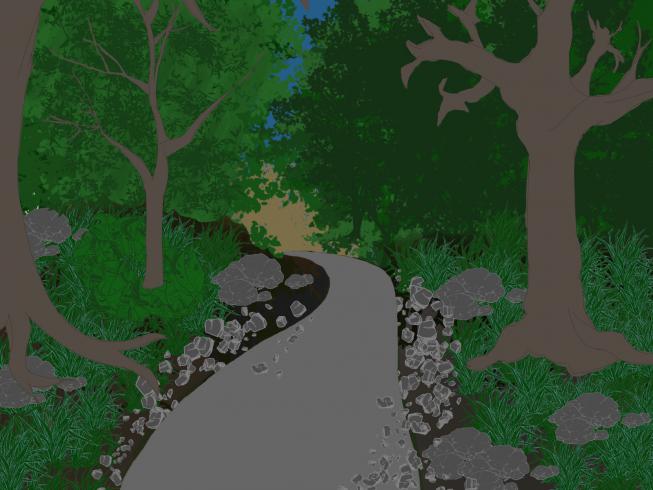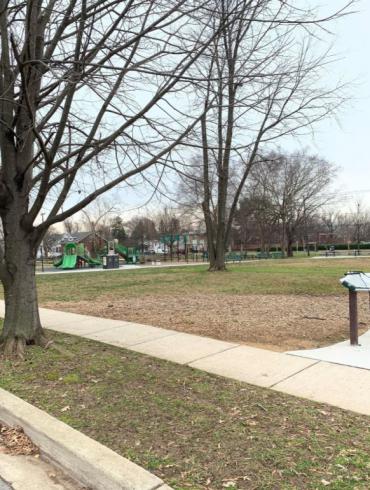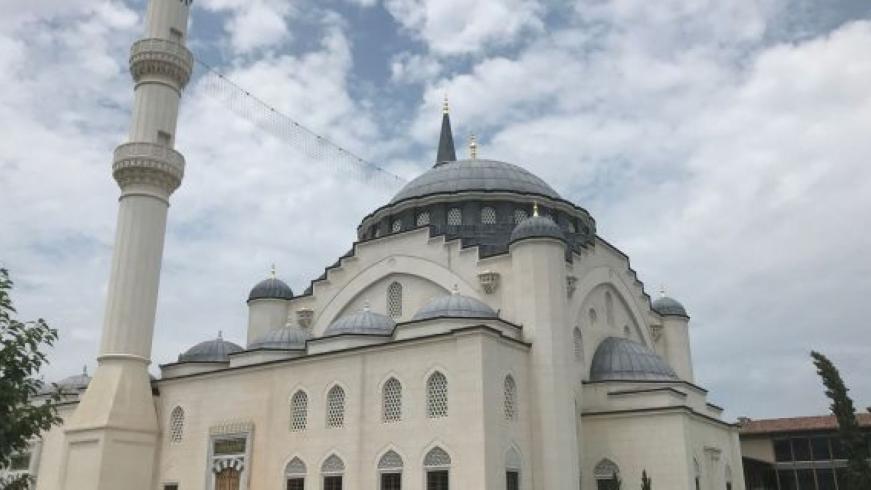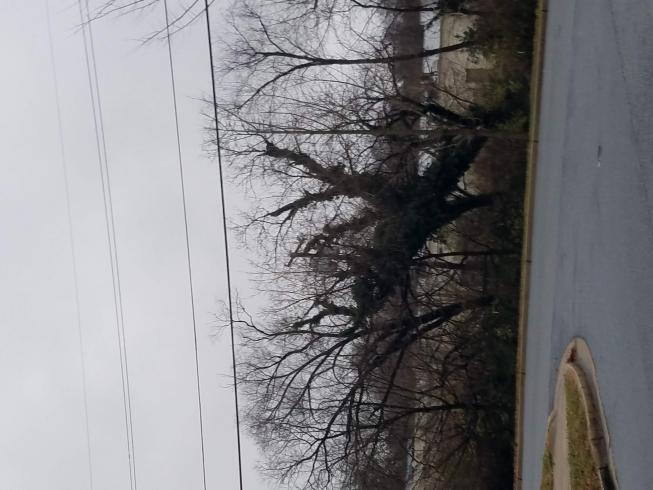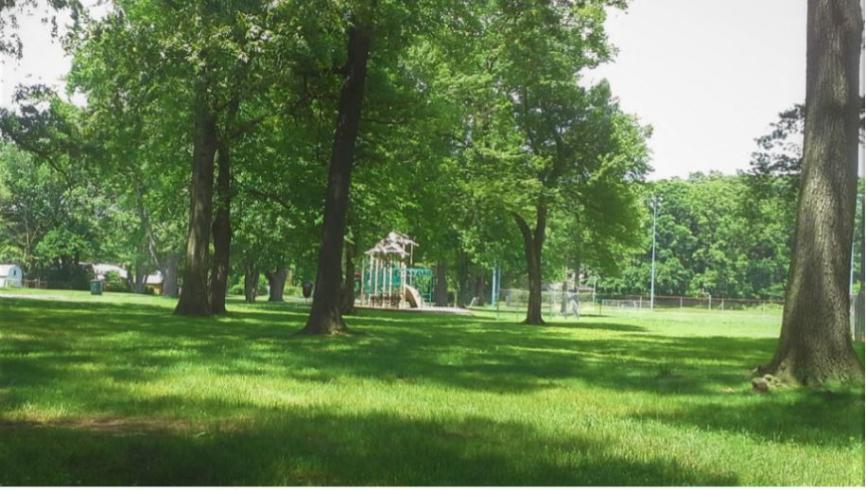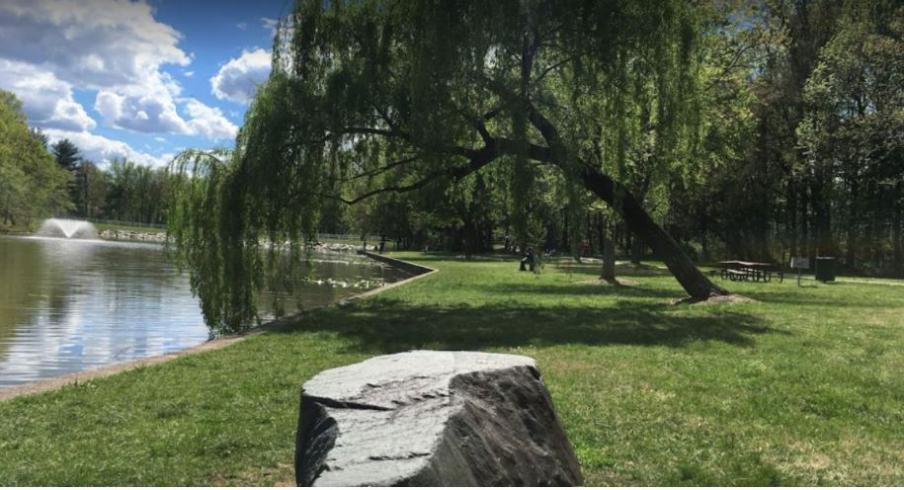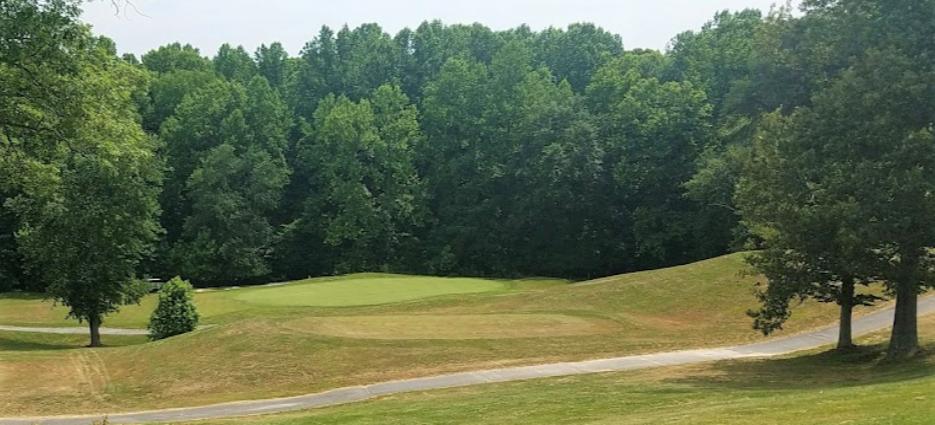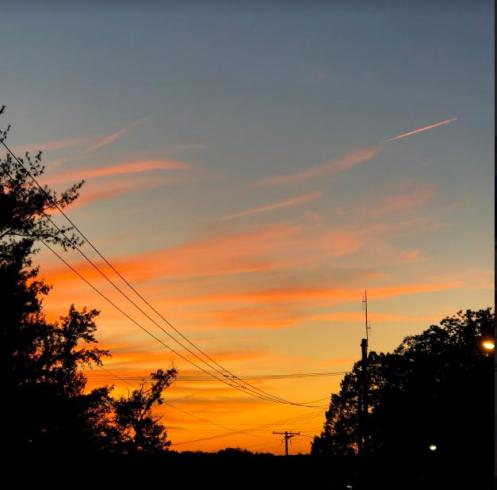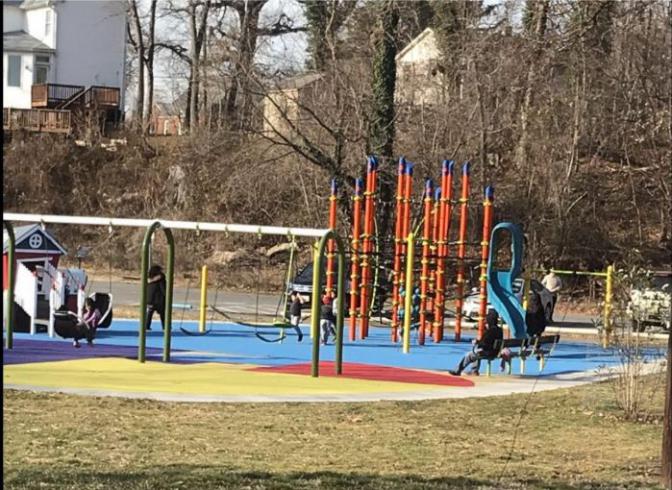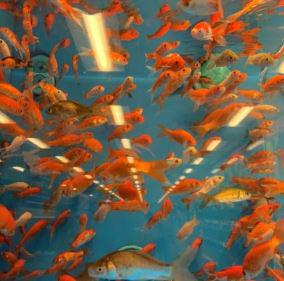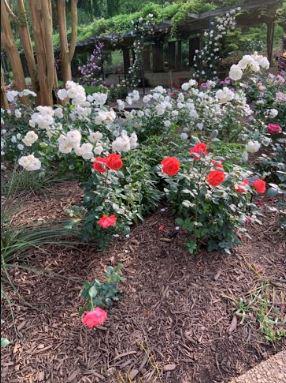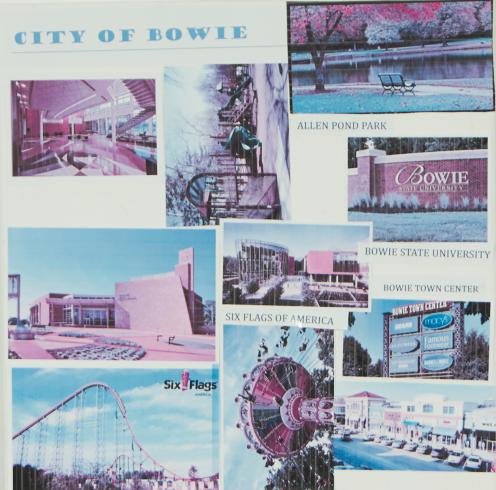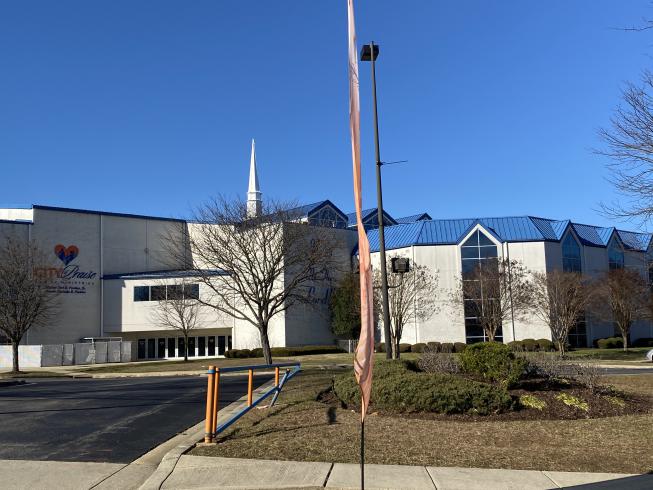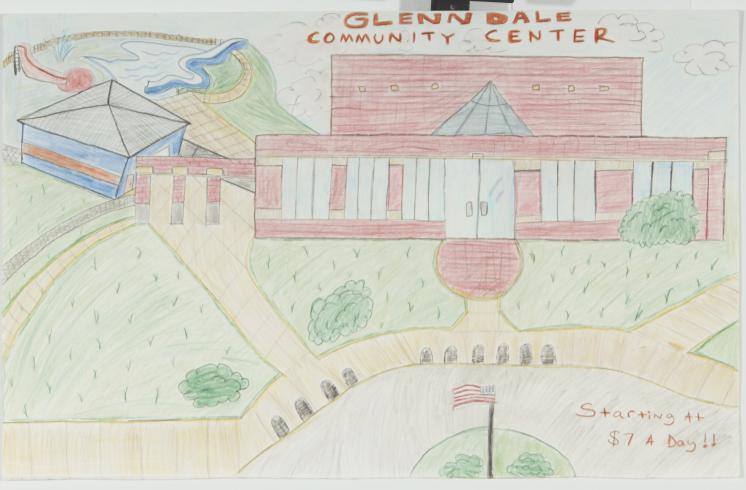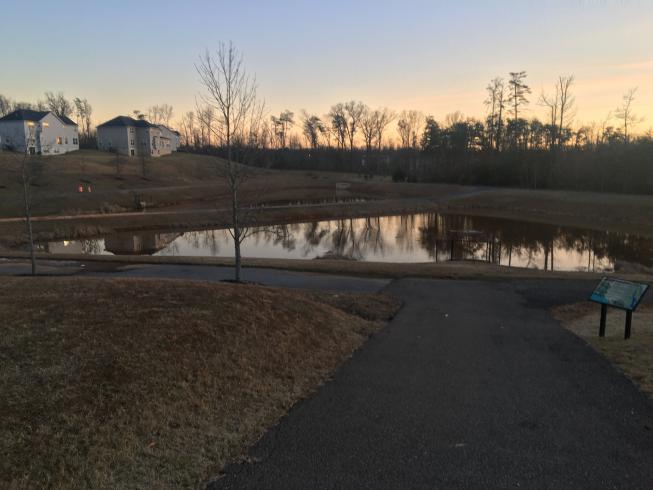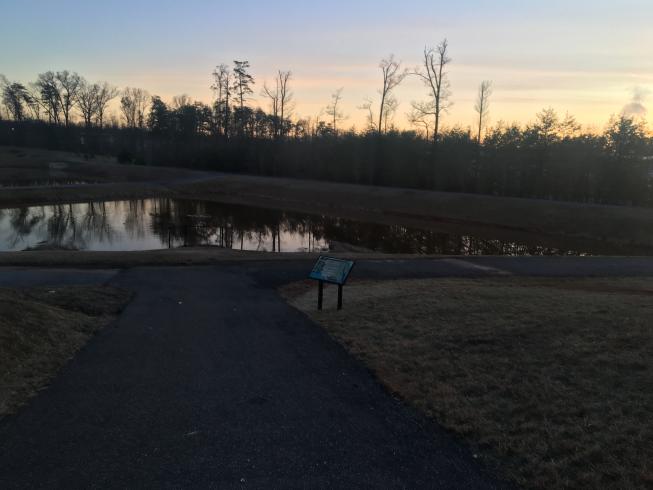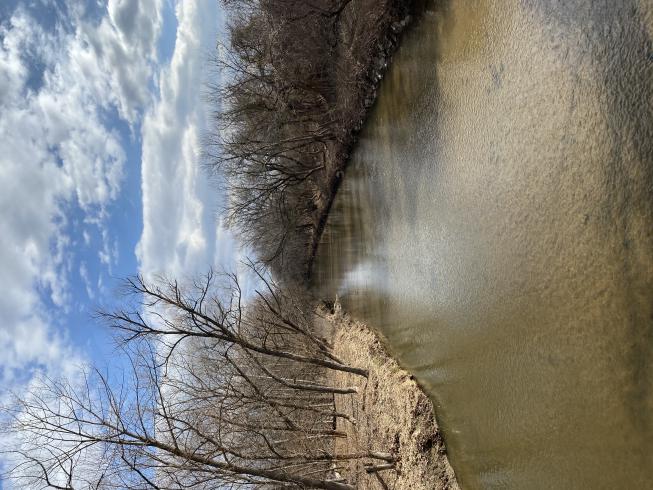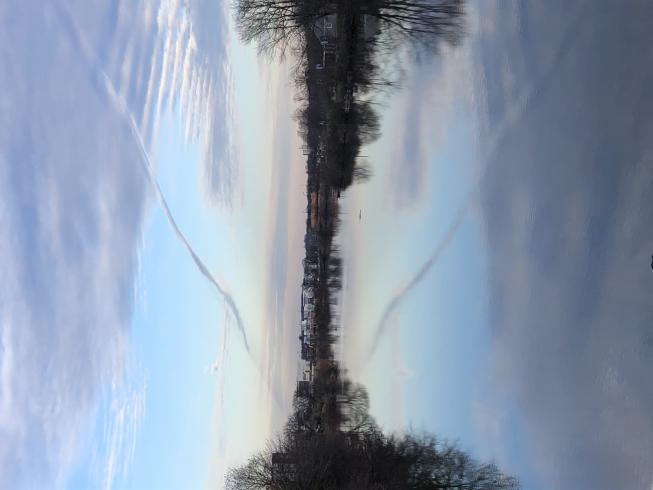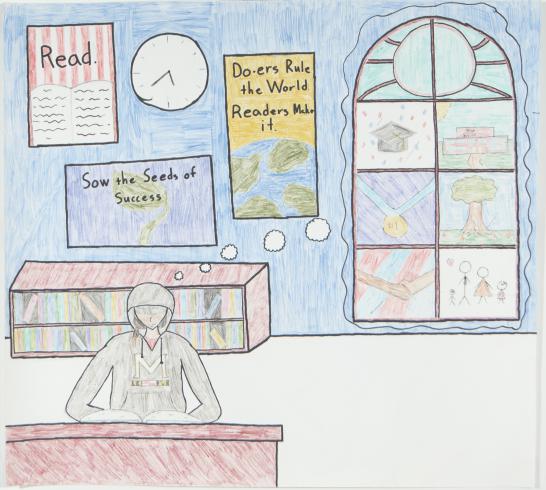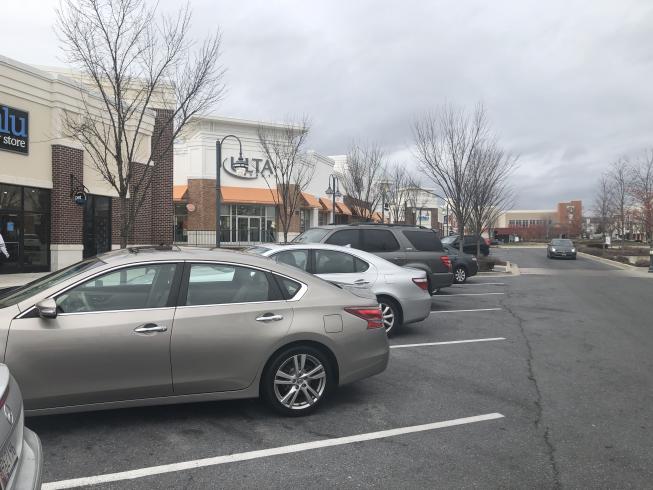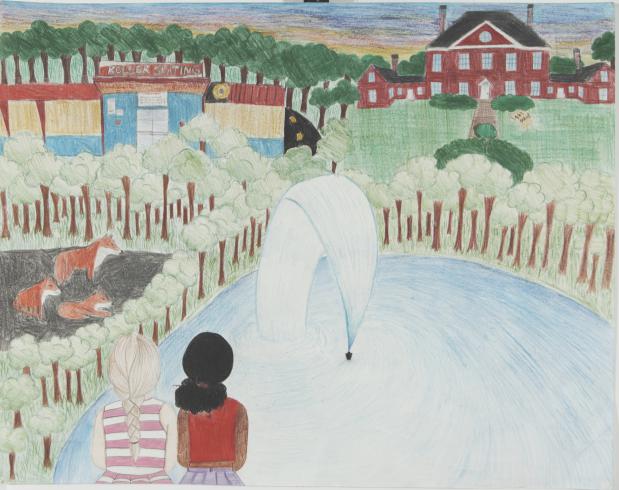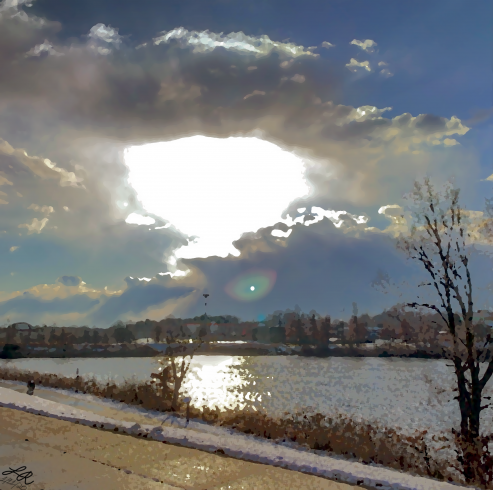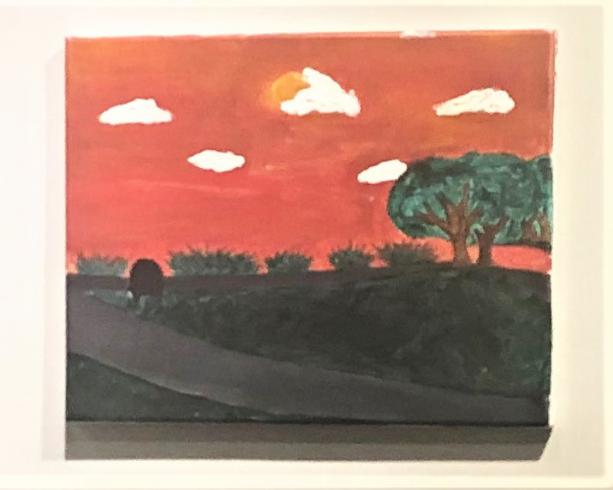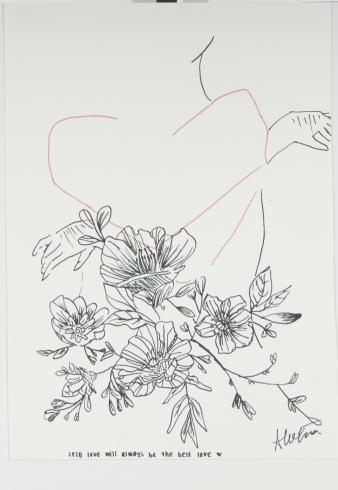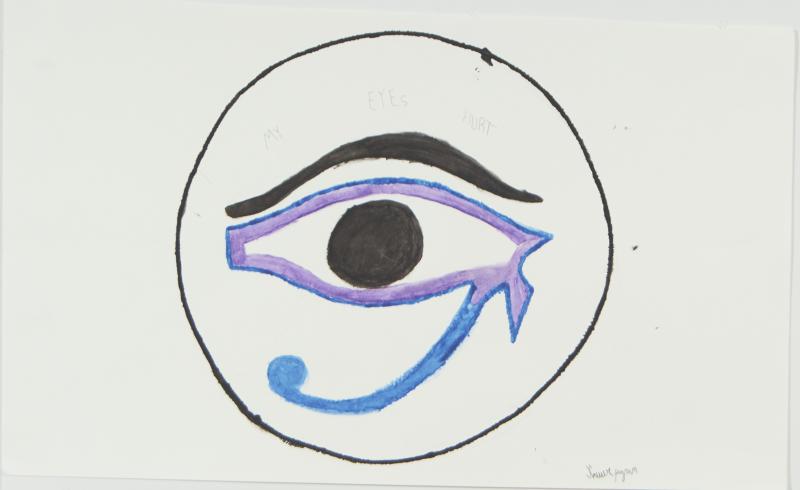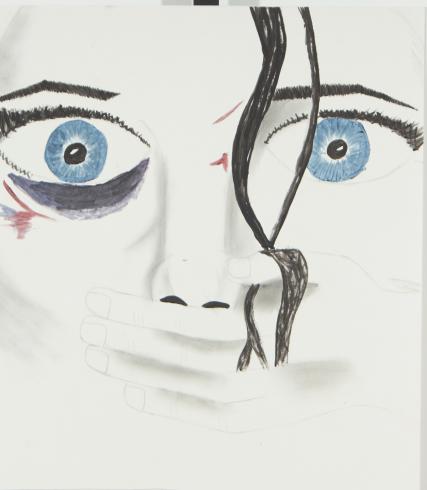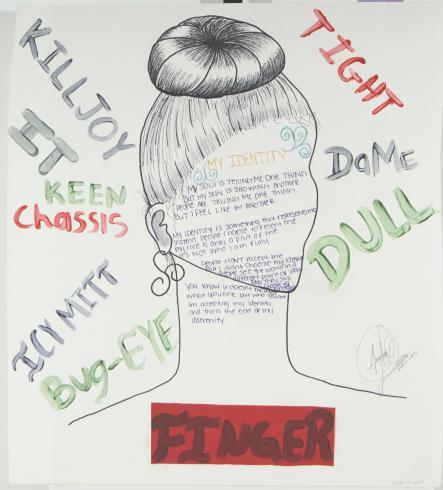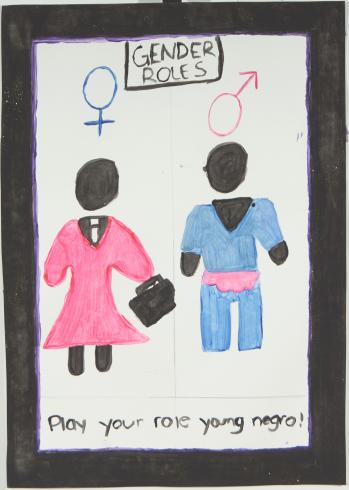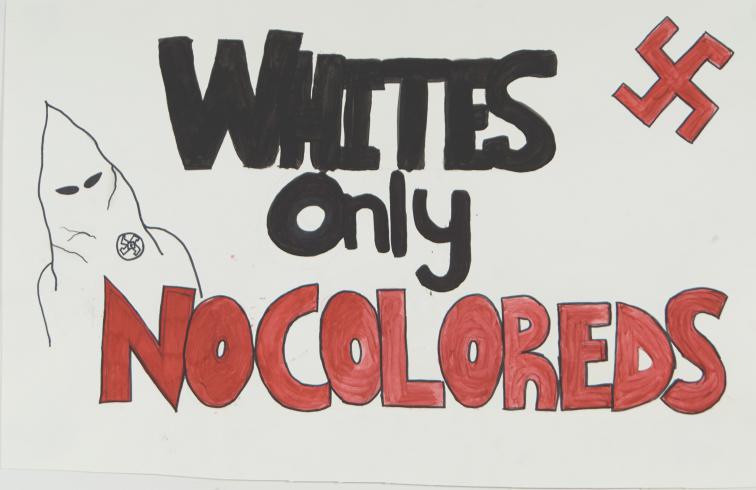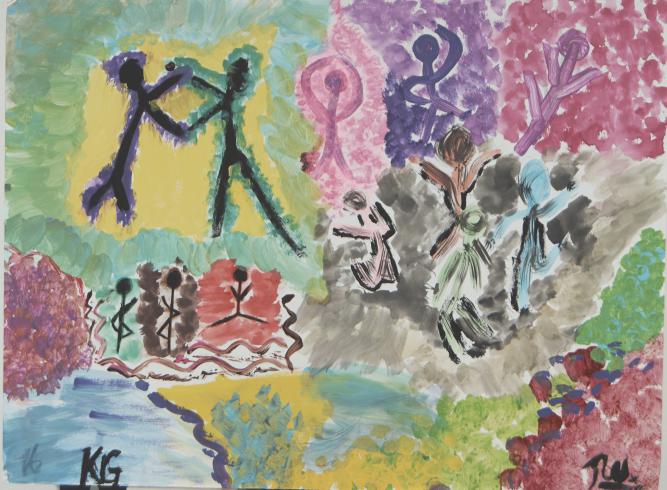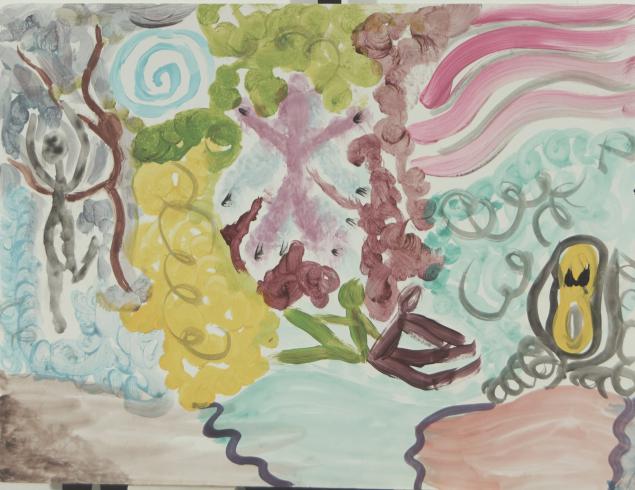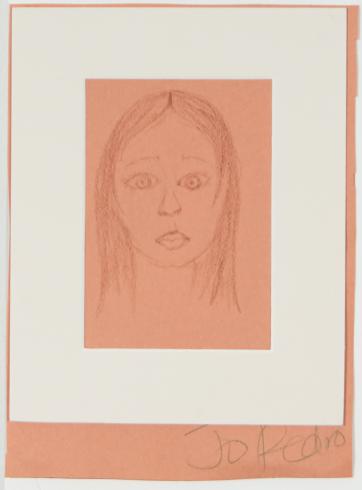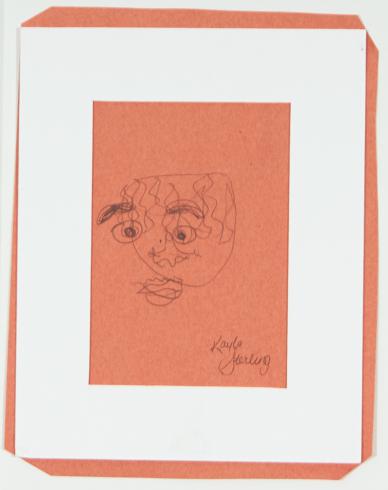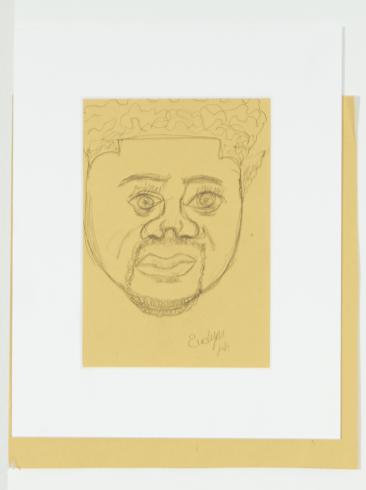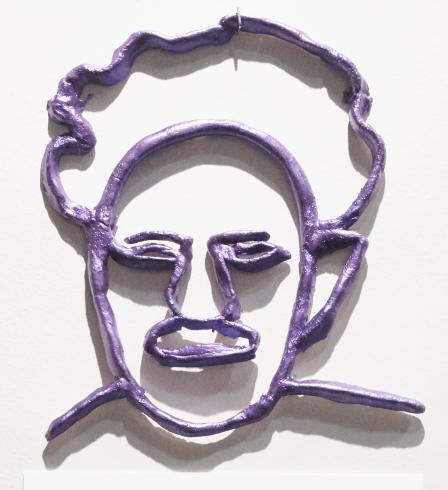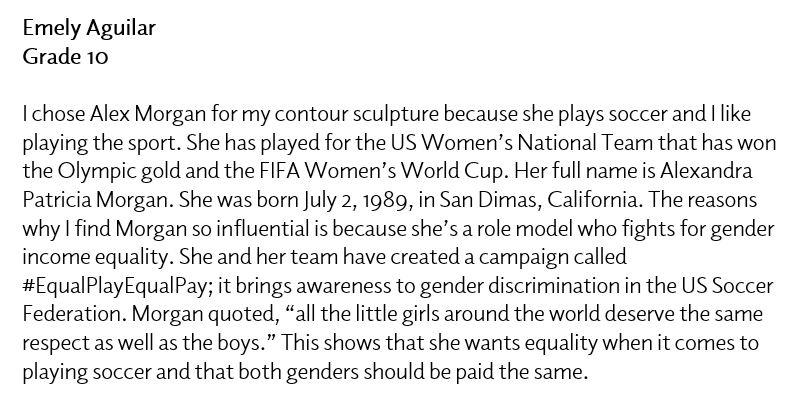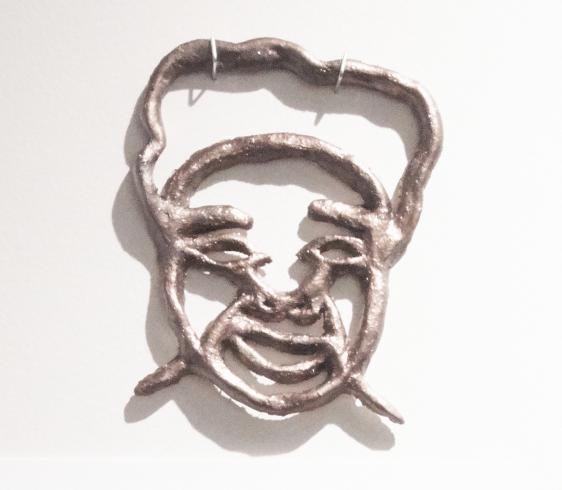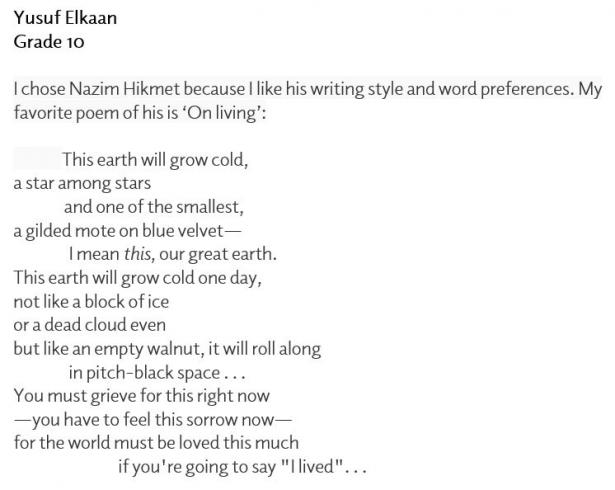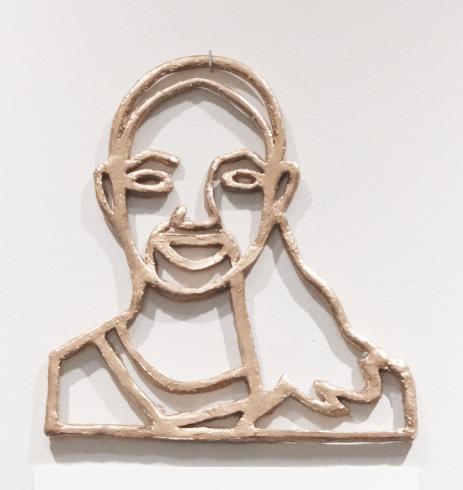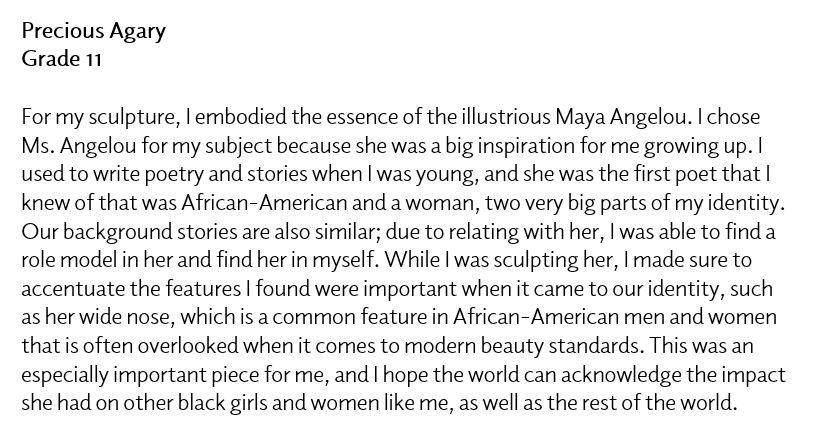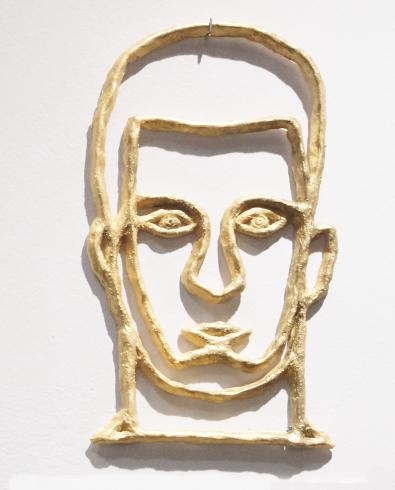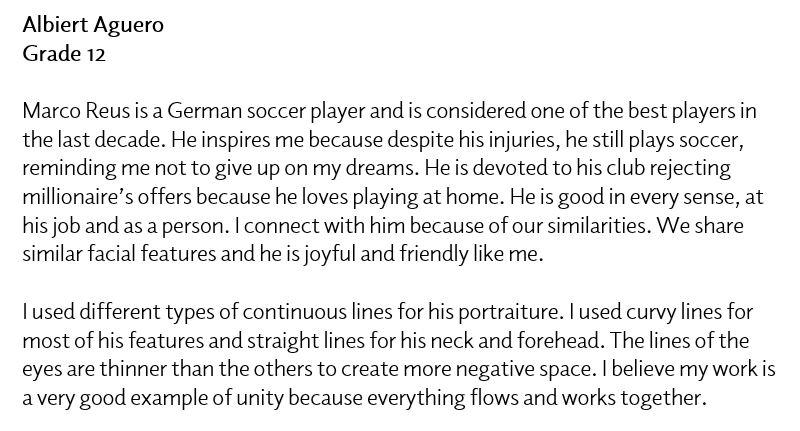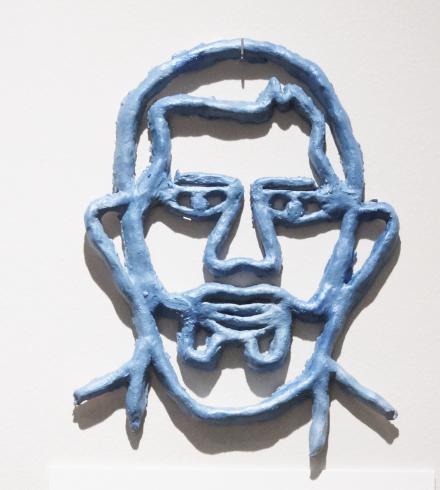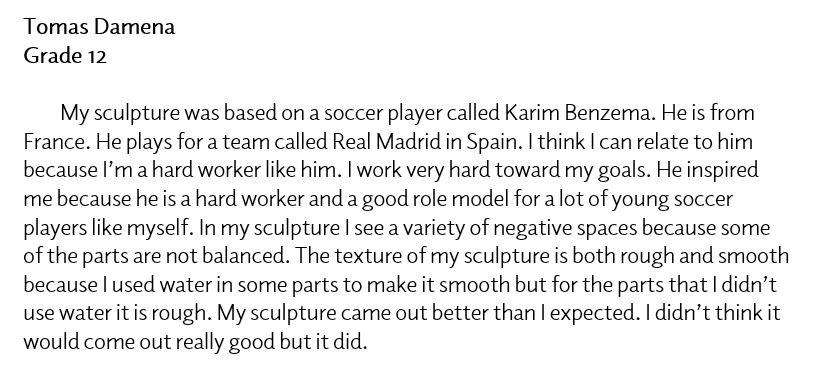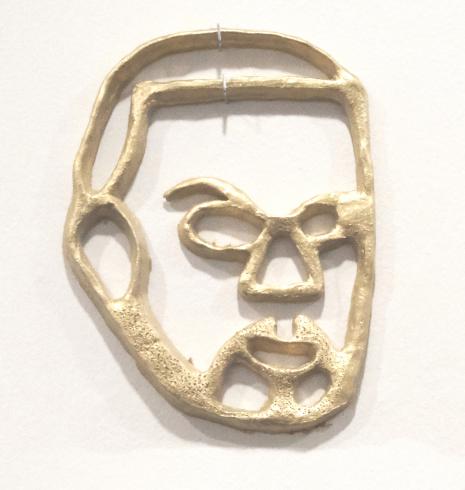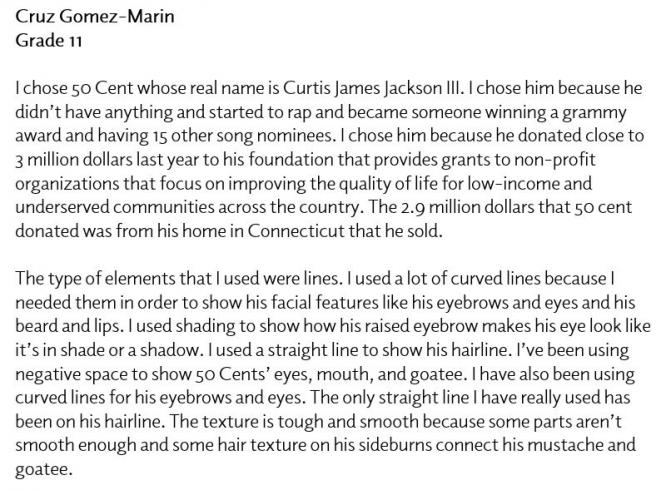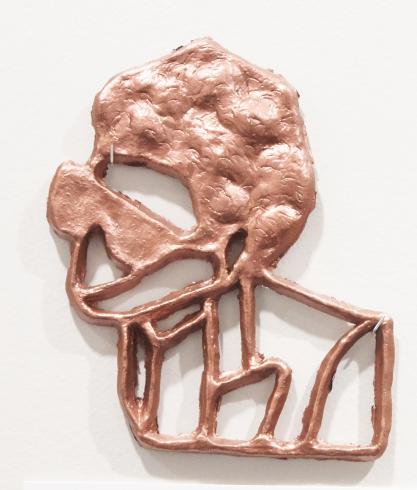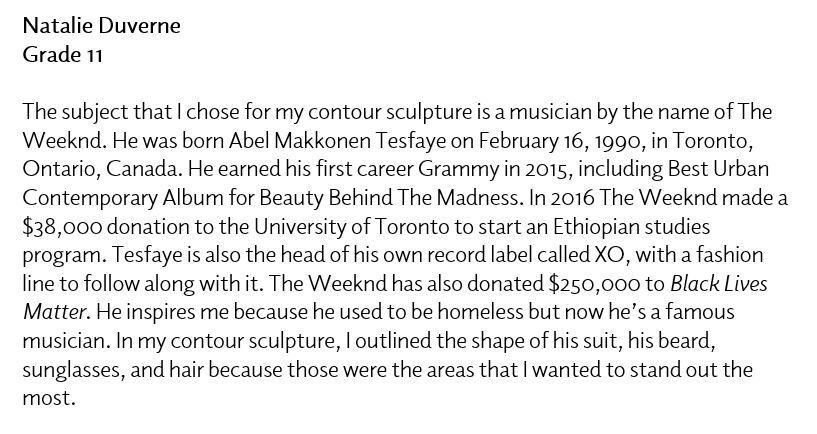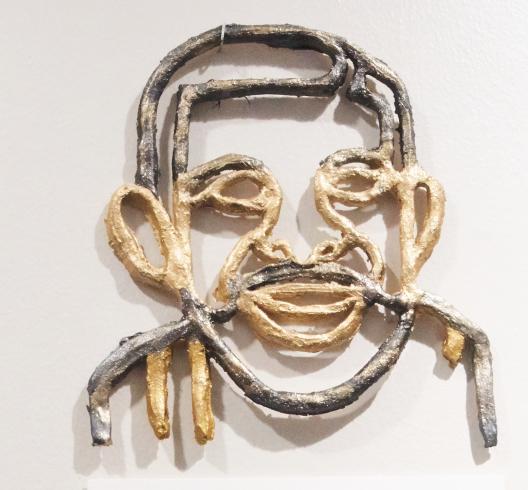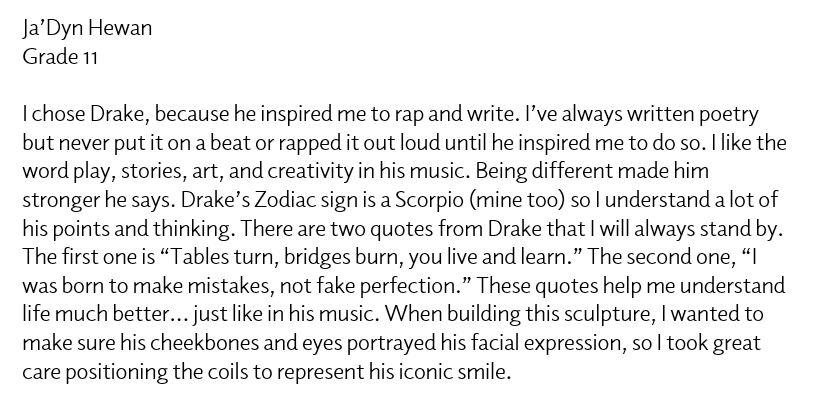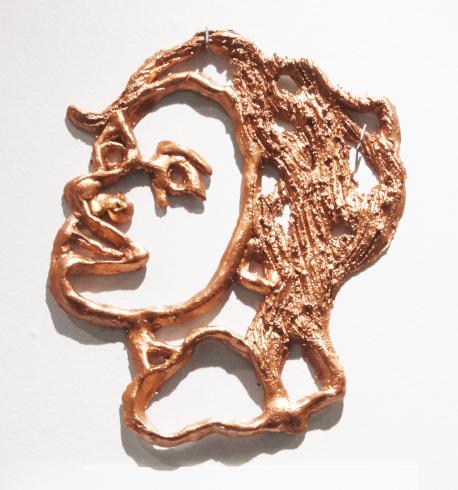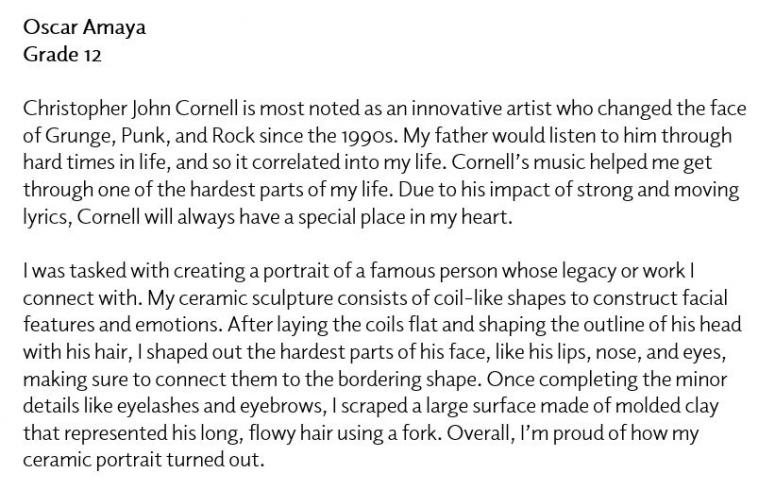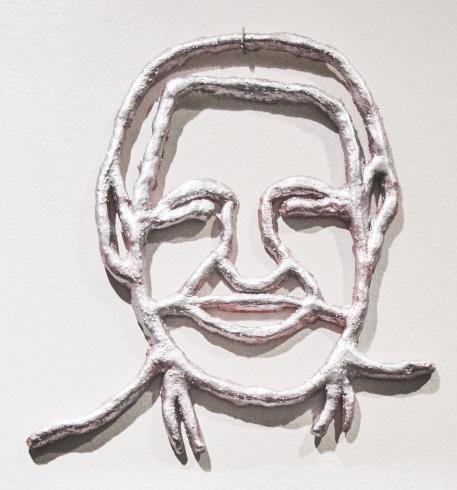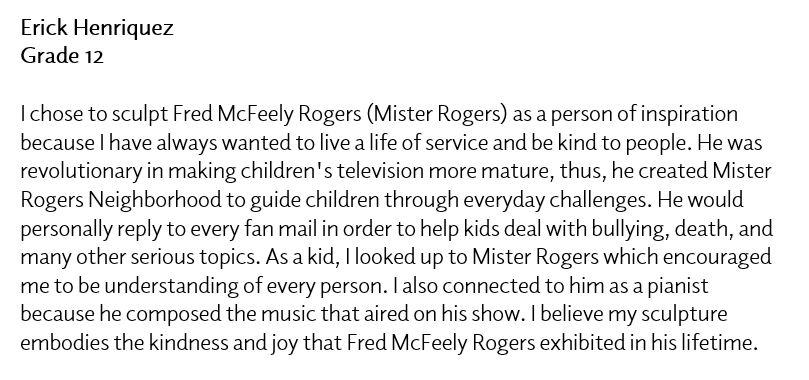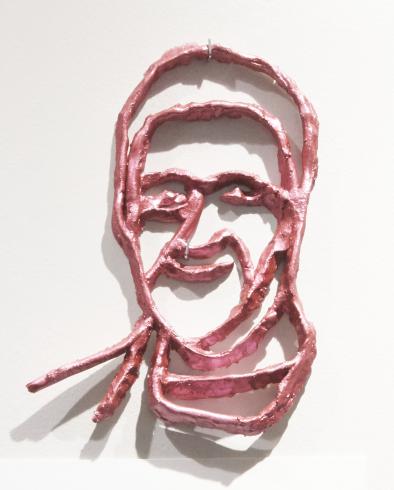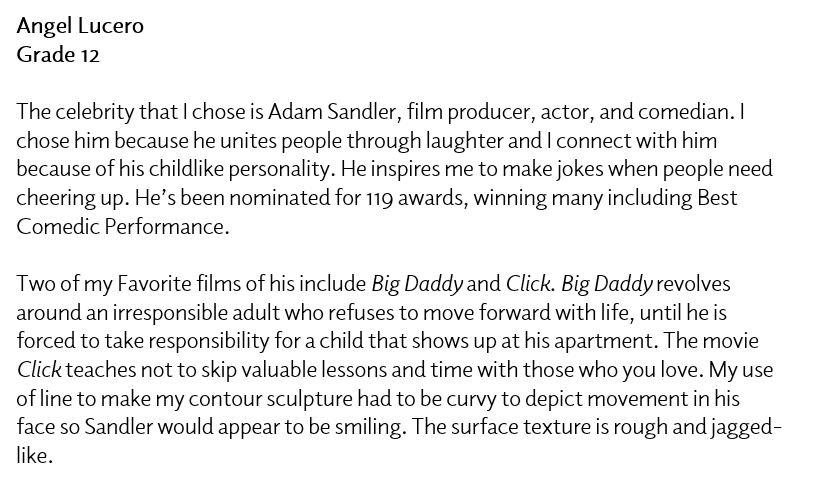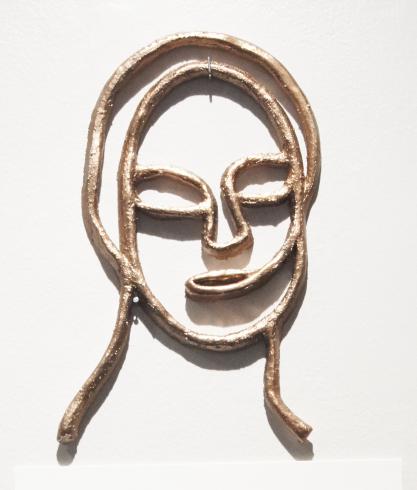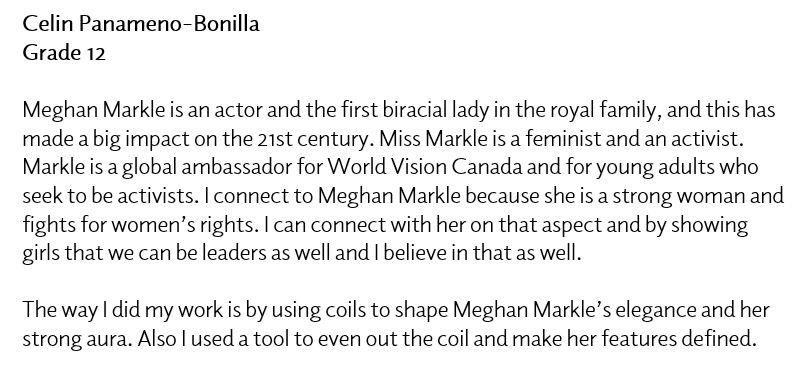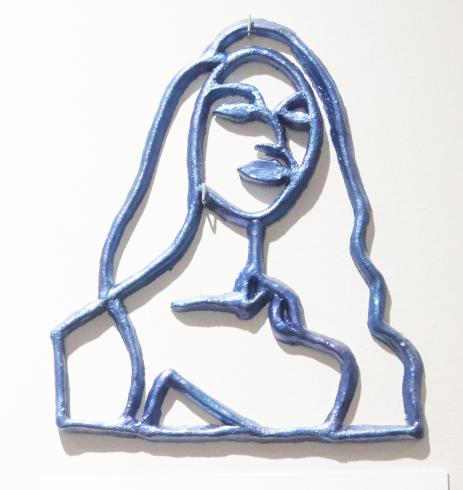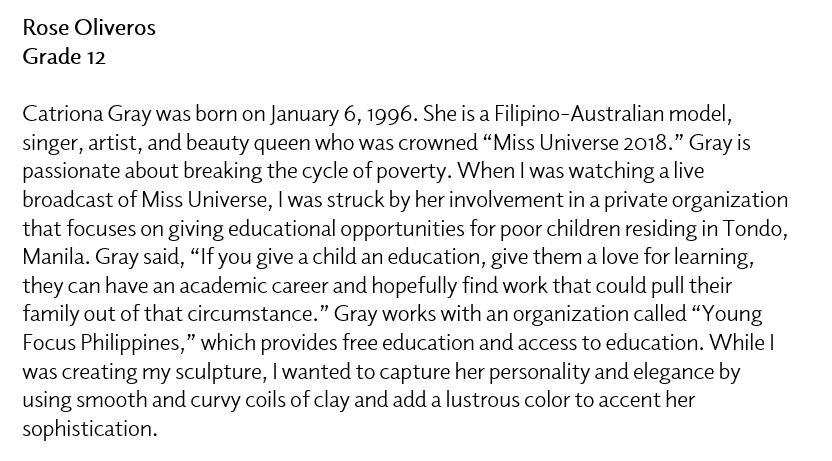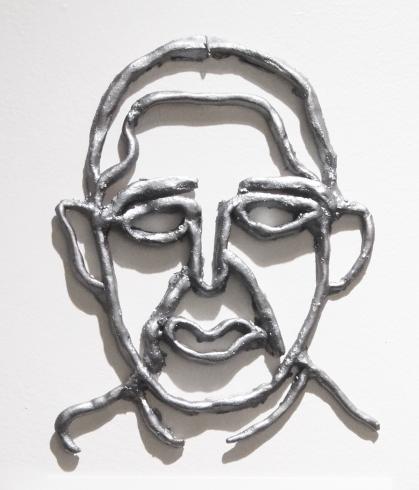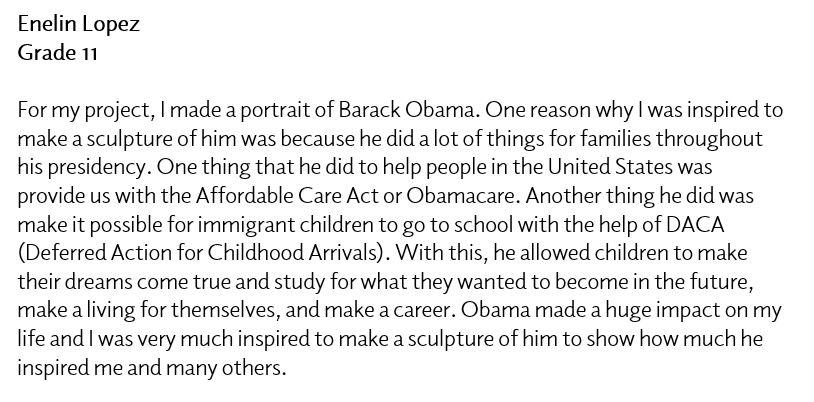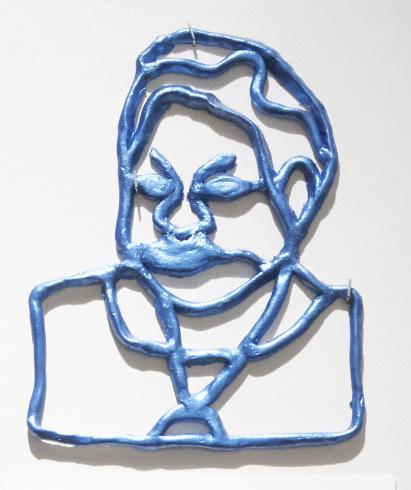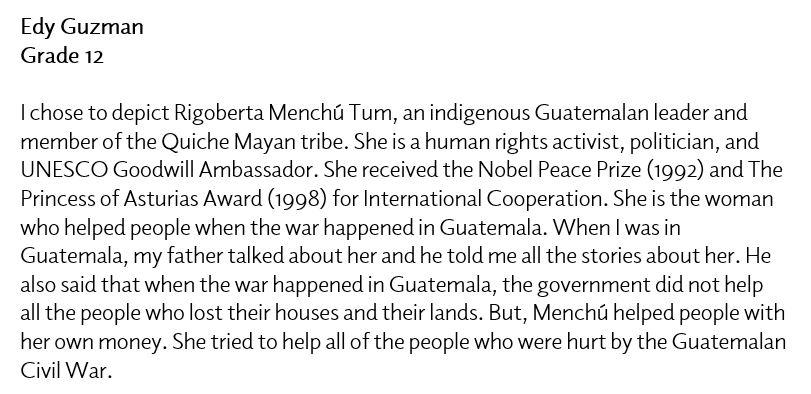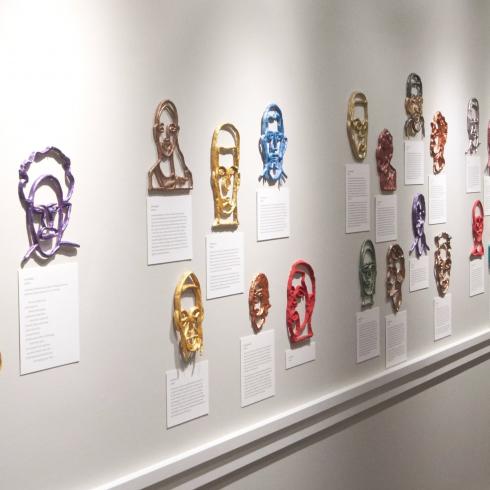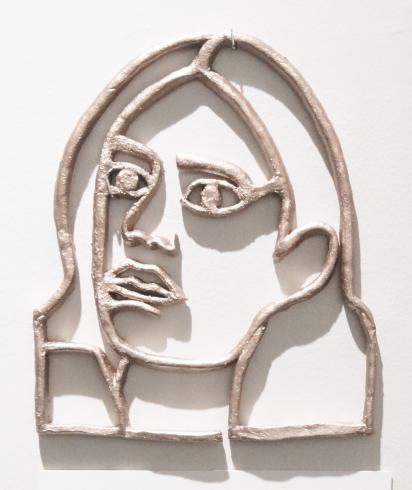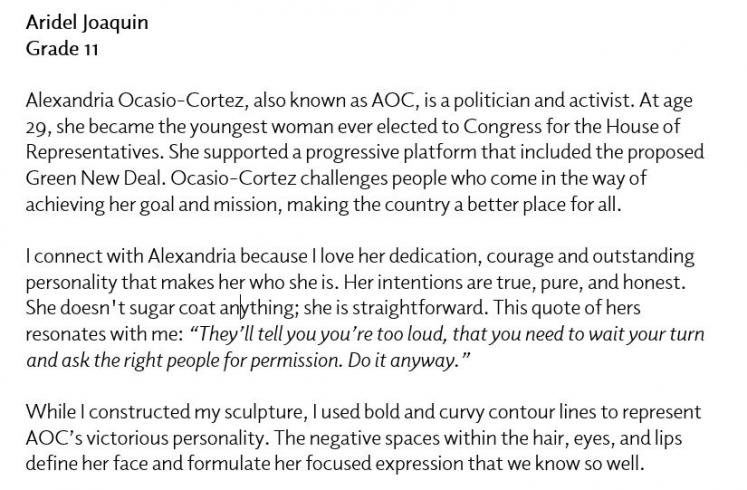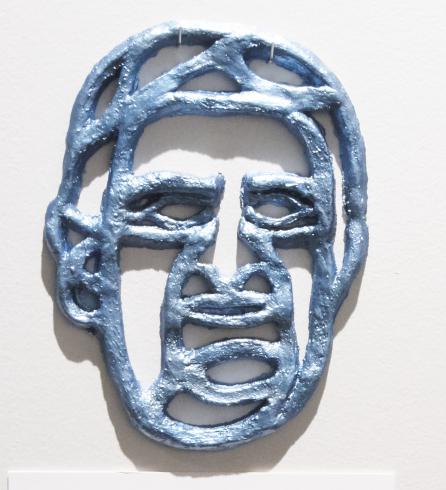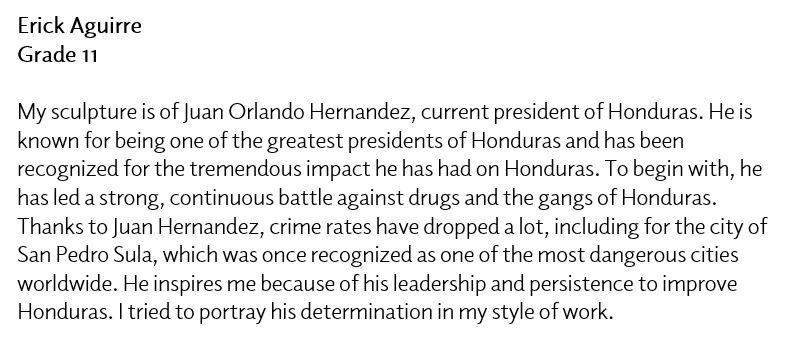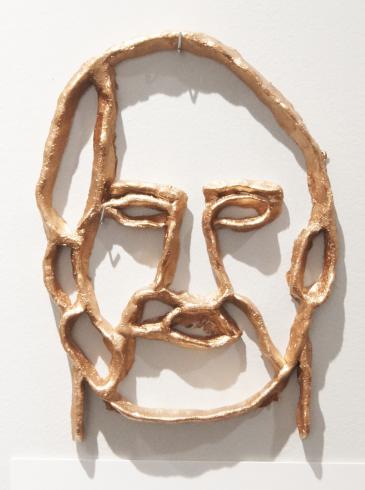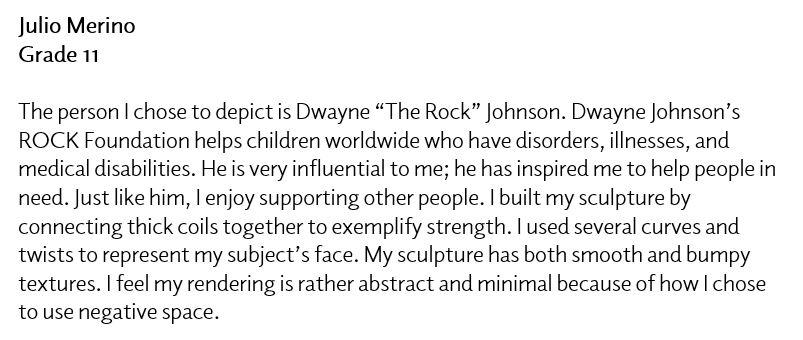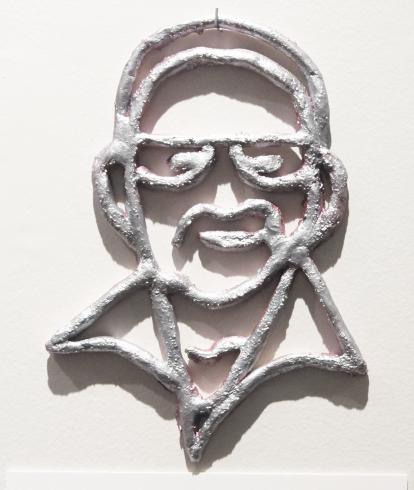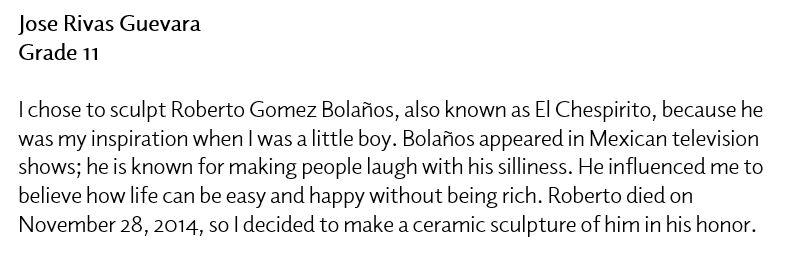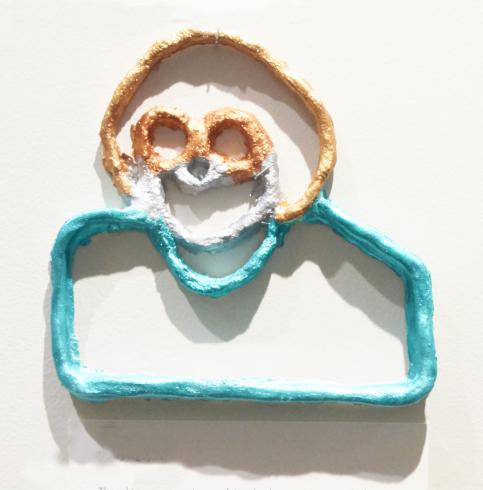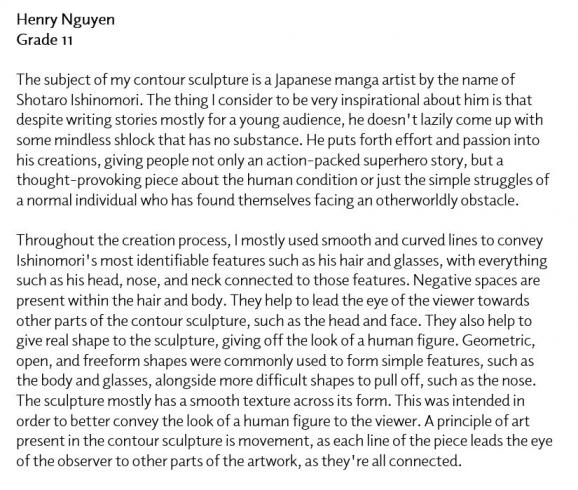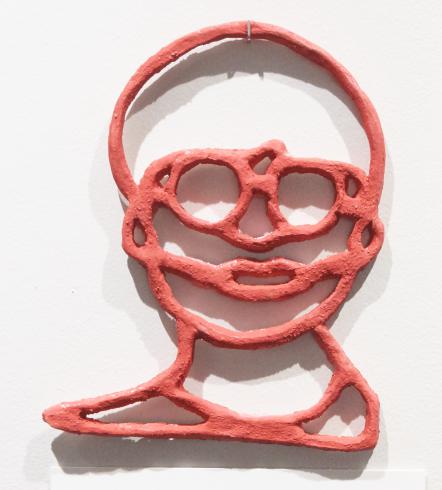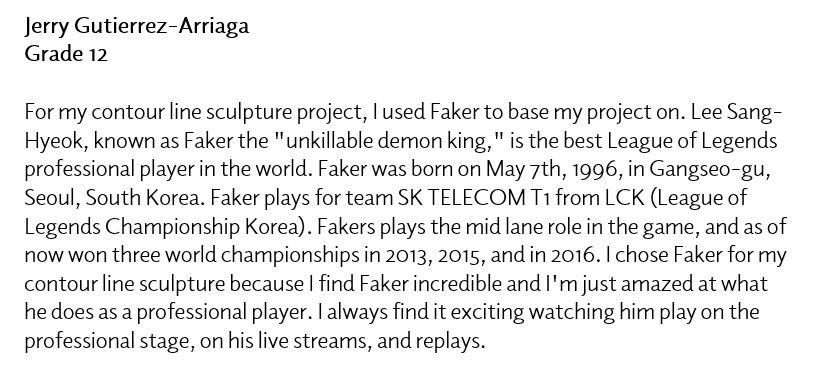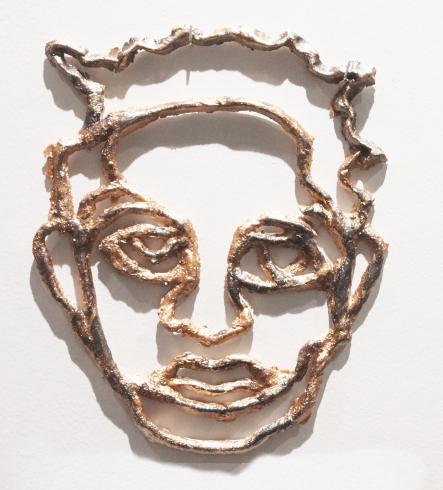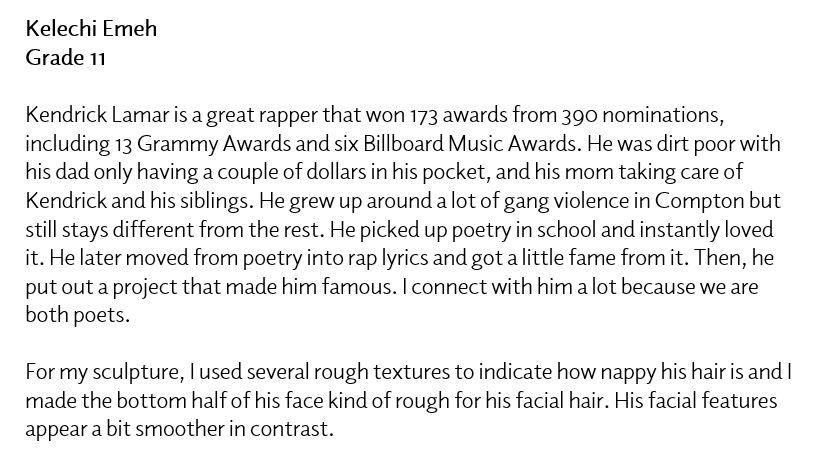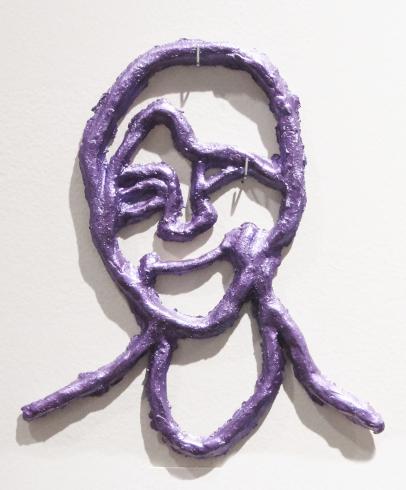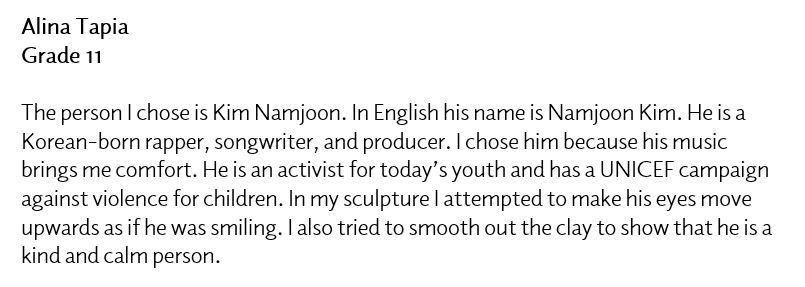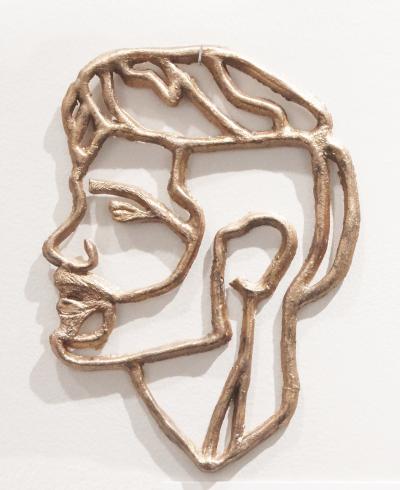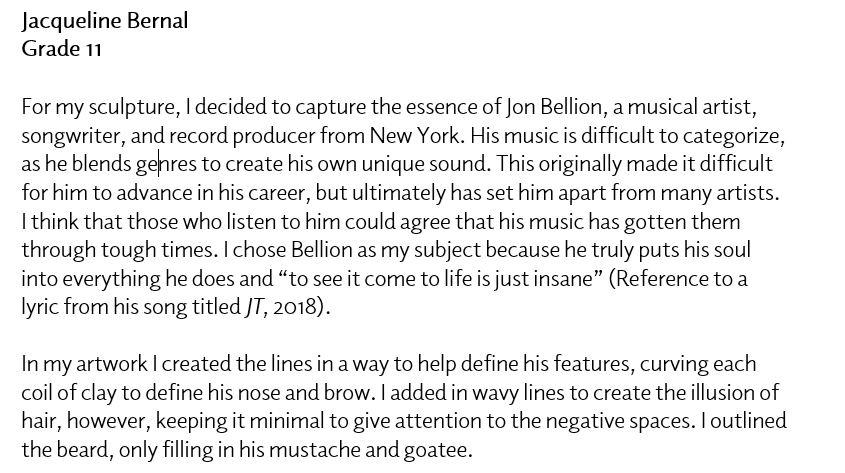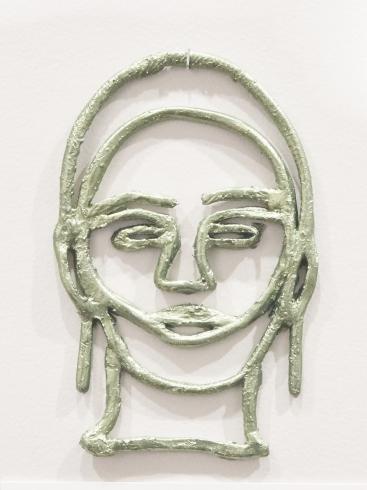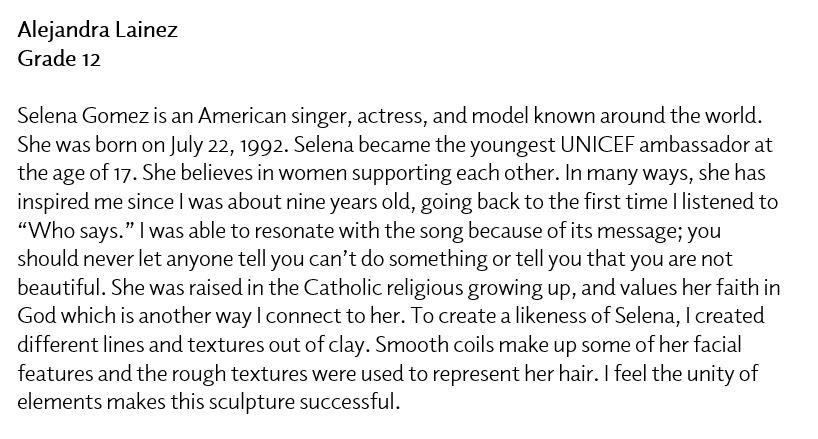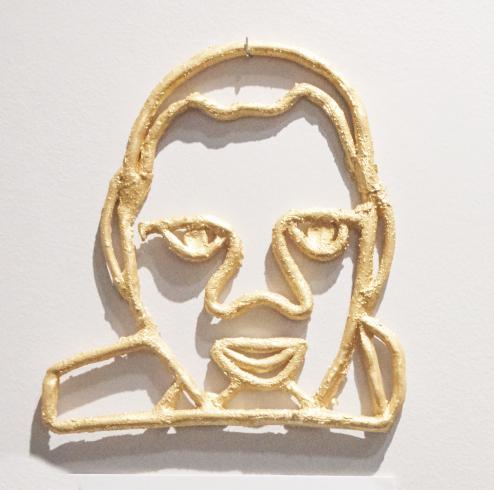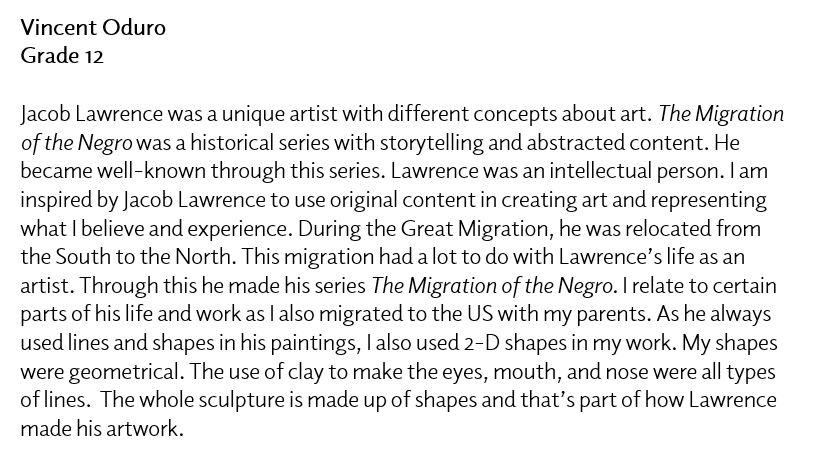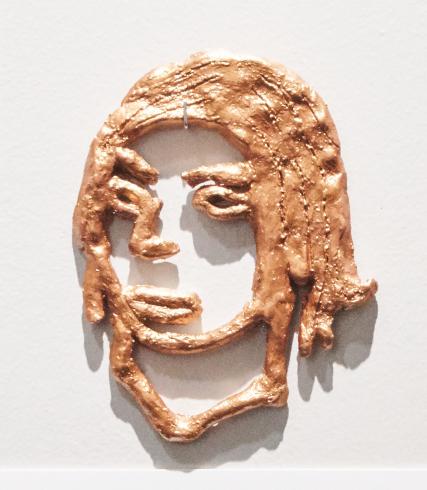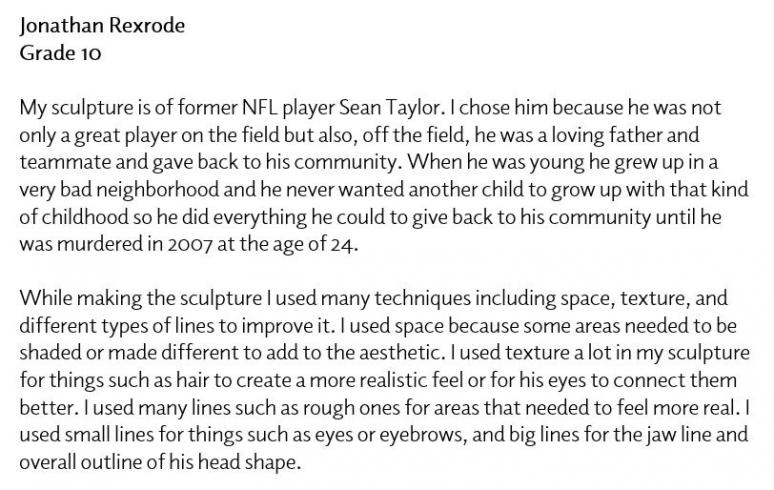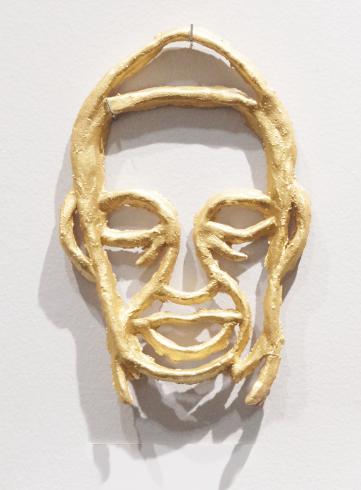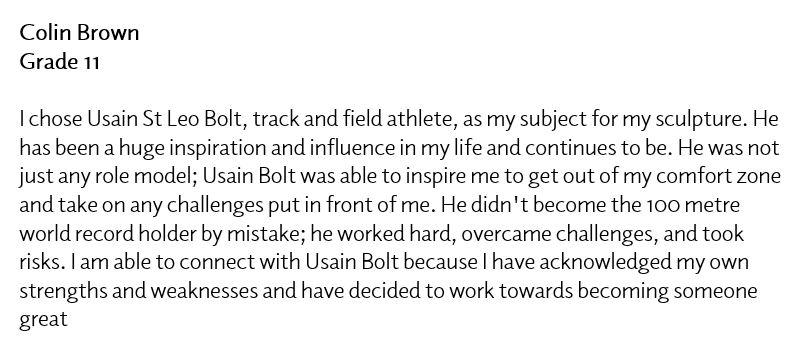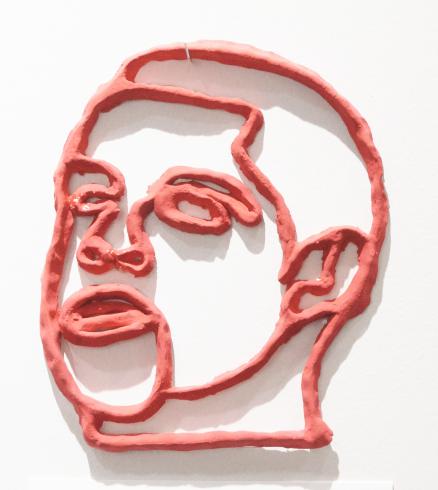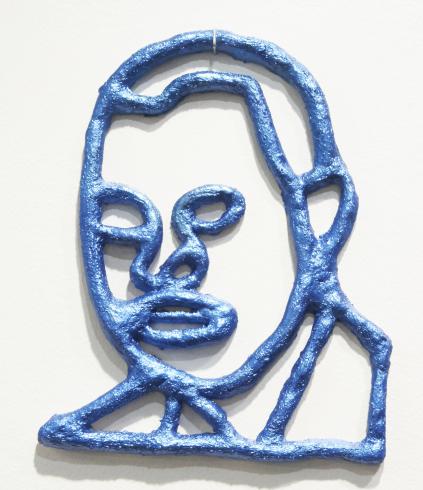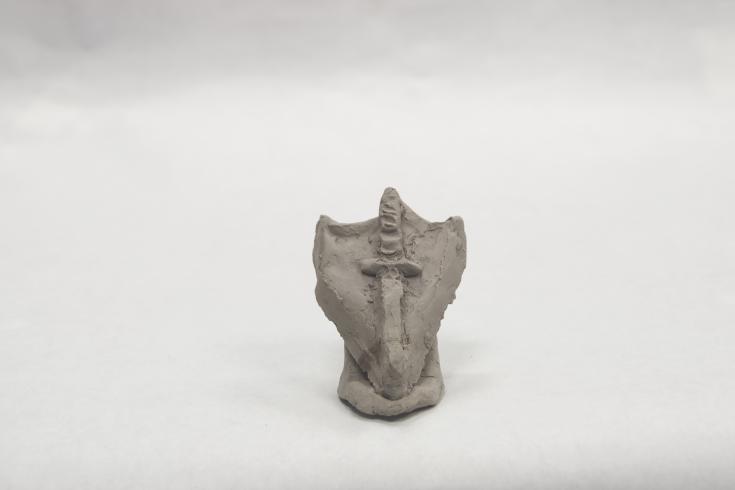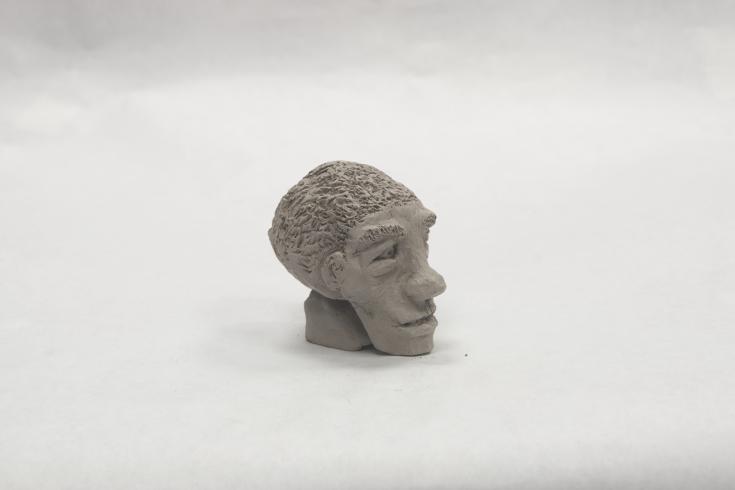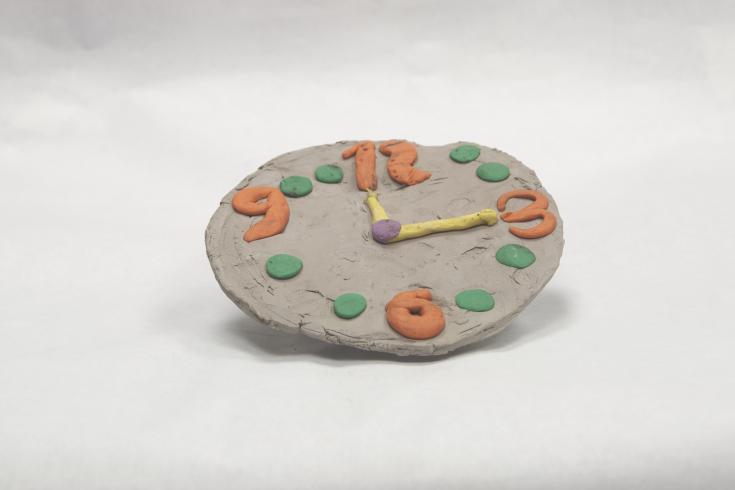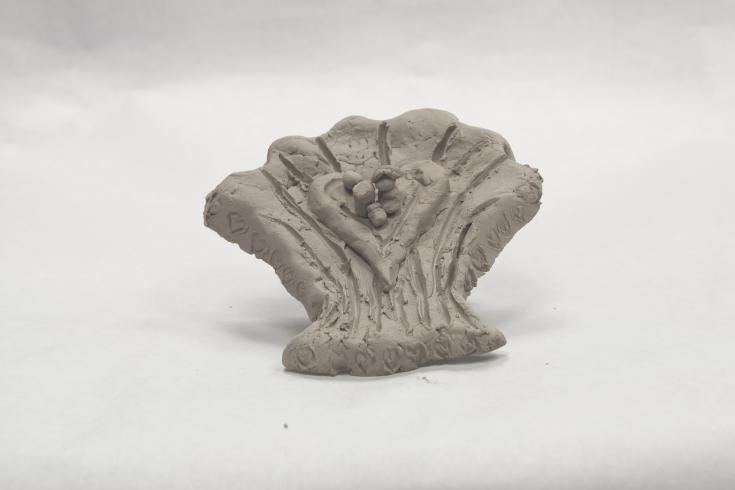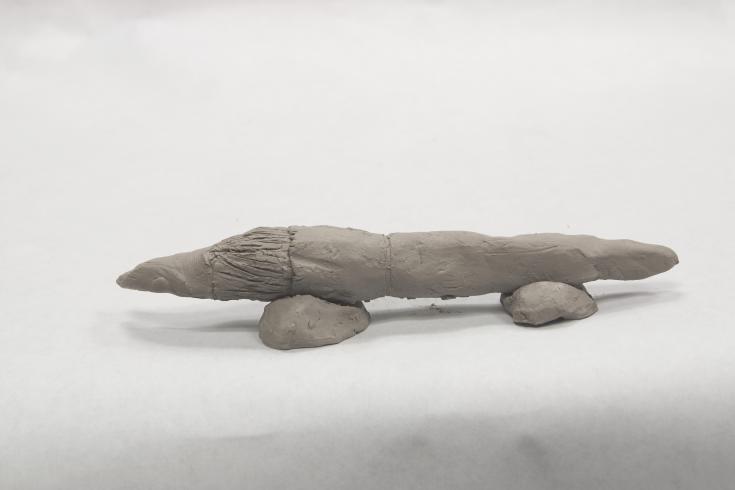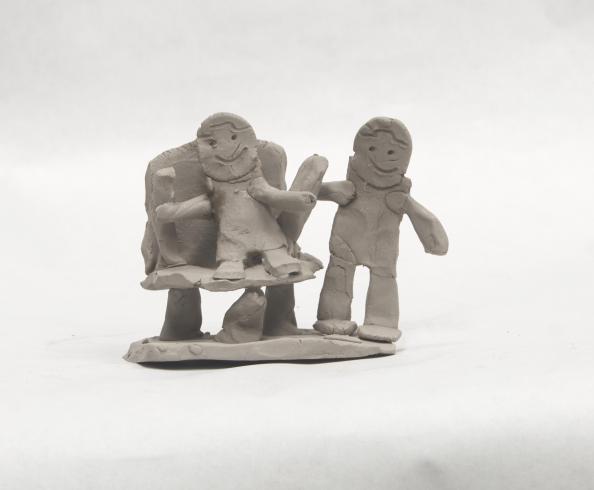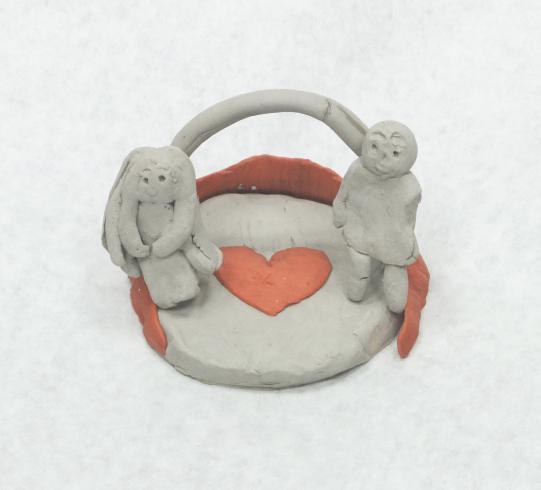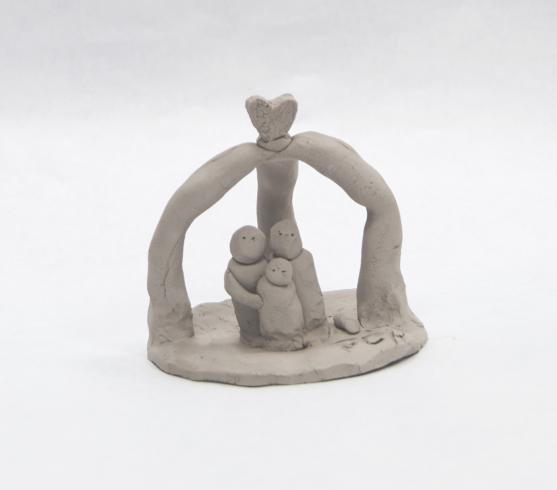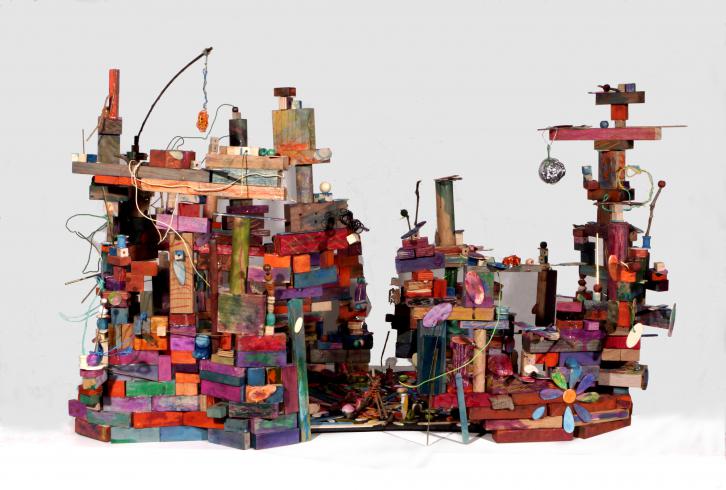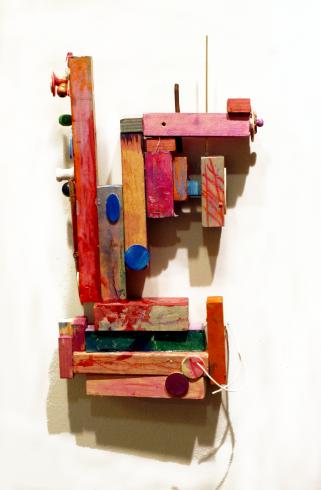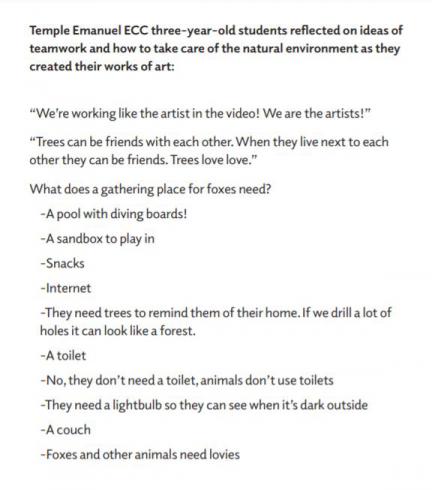Energizing Education: Teaching through the PRISM of Arts Integration
Arts Integration Teacher Course
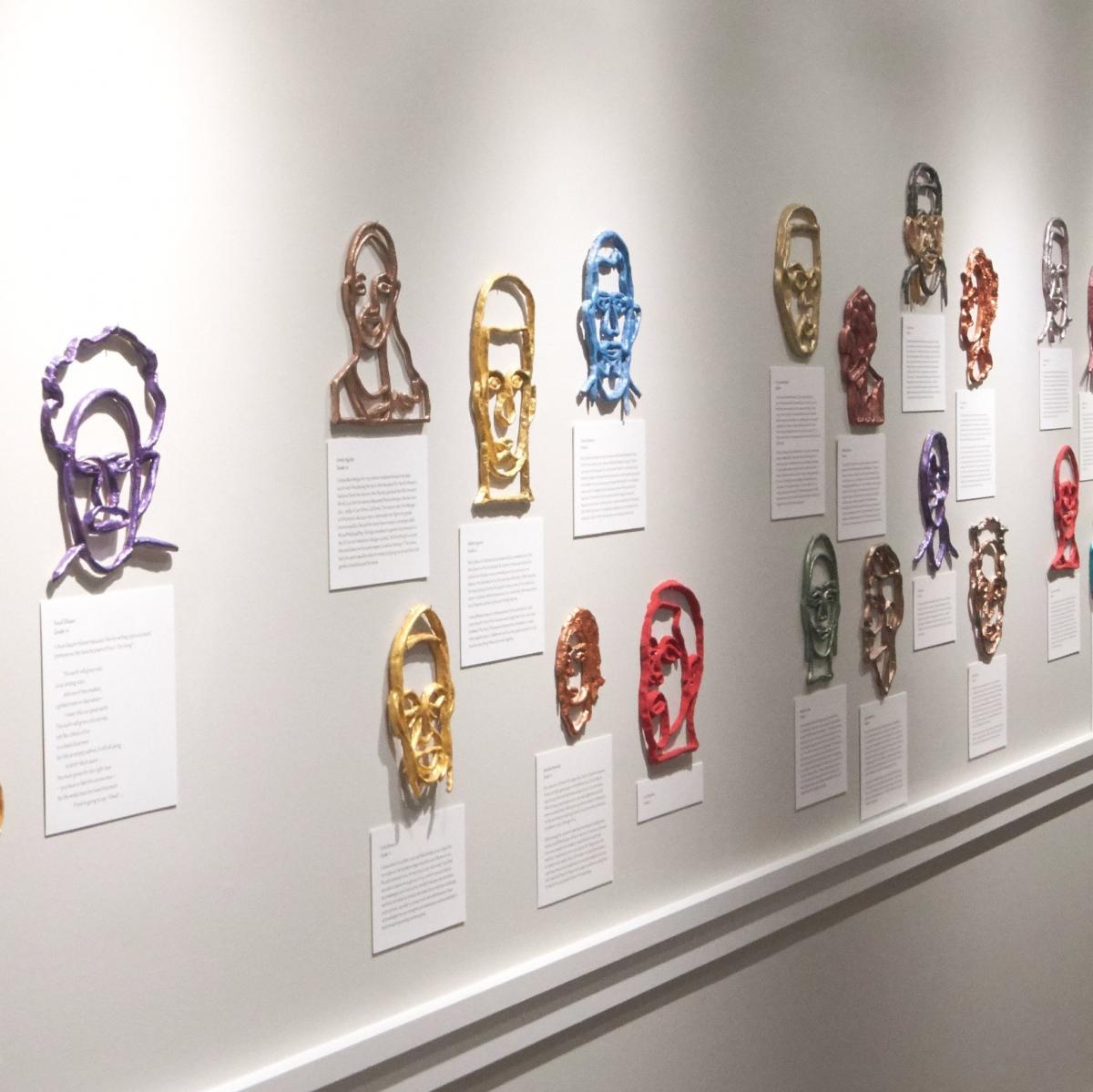
From October 2019 through February 2020, teachers from across Maryland and DC participated in an arts integration course offered by the University of Maryland and The Phillips Collection.
About the Program
Connecting to the Core Curriculum: Building Teacher Capacity for Arts Integration provides PK-12 educators with the opportunity to blend the visual arts seamlessly into the core curriculum, using The Phillips’s Prism.K12 arts integration strategies and resources.
Throughout the course, educators of different subjects and grade levels planned, practiced and implemented arts-integrated lessons in their classrooms. To dive deeper into a particular subject area, the educators engaged in several art techniques, including stop motion animation, blackout poetry, and contour line drawings. They learned techniques for integrating the arts into the curriculum while reaching students with multiple learning styles.
As the culminating project for the course, the educators designed and facilitated arts-integrated lessons in their classrooms using the Prism.K12 strategies and artwork from The Phillips Collection. Many of them collaborated with other teachers at their schools to integrate multiple subject areas. Discover the results in this digital exhibition of the exhibition Energizing Education: Teaching through a PRISM of Arts Integration.
This exhibition showcased arts-integrated projects created by students throughout Maryland and DC. Their teachers had developed arts-integrated curricula as they progressed through a continuing education course.
Connecting to the Core Curriculum
Take a glimpse into the course and the incredible work the teachers and students have done!
AFRICAN TEXTILES & GEOMETRY
TEACHER: Maria Brinza
SCHOOL: Lab School of Washington
CLASS: Grade 7 Math
PRISM.K12 STRATEGIES: Identify, Empathize, Express
ARTWORK INSPIRATION: African Print Fashion Now! at the Fowler Museum at UCLA (Los Angeles, CA), 2017
Students studied African textiles and videos provided by the Fowler Museum (Los Angeles, CA) from their exhibition African Print Fashion Now! EMPATHIZING with the personal stories African fashion designers told through their prints, students became fashion designers EXPRESSING their own stories through lines, shapes, and patterns as they created African print-inspired drawings. Students IDENTIFIED various geometric forms and terms used in African textiles, and then calculated the area and perimeter of specific shapes, such as triangles, quadrilaterals, and circles, in their prints.
STAINED GLASS & GEOMETRY
TEACHER: Maria Brinza
SCHOOL: Lab School of Washington
CLASS: Grades 7 & 8 Math
PRISM.K12 STRATEGIES: Identify, Connect
ARTWORK INSPIRATION: Frank Lloyd Wright’s stained glass windows, 1912, The Met Museum
Students IDENTIFIED various geometry terms, such as perpendicular, parallel, right angles, area, circumference, radius, circle, parallelogram, diameter, chord, and perimeter, in several of Frank Lloyd Wright’s stained glass windows. They CONNECTED with the artist by constructing a paper simulation of his stained-glass windows and imagined what types of lines would, from an engineering perspective, support their stained-glass circles and parallelograms. They related this to how Wright used cantilevers to balance and support his buildings. Students each calculated the area and perimeter of a parallelogram and the area and circumference of a circle in their artwork.
MIRO ARTBOTS
TEACHER: Maria Brinza
SCHOOL: Lab School of Washington
CLASS: Grades 7 & 8 Robotics and Engineering
PRISM.K12 STRATEGIES: Identify, Synthesize
ARTWORK INSPIRATION: Joan Miro, Ciphers and Constellations in Love with a Woman, 1941, and Femme dans la nuit, 1945
Simulating Joan Miro’s Surrealist style of using minimal forms and lines to represent people and scenes, students created complex Lego MindStorm coding programs and built Miro-Bots. The Miro-Bots read the programs to draw lines, creating various student-determined scenes: “Treasure Hunt,” “Space,” “Gear Factory,” and “Ocean Blue.” Throughout the process, students IDENTIFIED and solved problems, determining how the robot would hold and draw with a writing implement and how to deconstruct Miro’s forms into robot-made, rather than human-made, lines. SYNTHESIZING Miro’s art and style with coding and robotics, students and robots co-created original and surprising pieces of artwork.
Miro ArtBots
Students built robots and programmed the coding, determining how the robots could create artworks similar to that of Joan Miro.
ADDITION & STOP-MOTION ANIMATION
TEACHERS: Julianne Martinelli and Nicole Entwistle
SCHOOL: Edward M. Felegy Elementary School
CLASS: Kindergarten
PRISM.K12 STRATEGIES: Identify, Synthesize
ARTWORK INSPIRATION: John D. Graham’s Blue Bay, 1927, and Sailboat, 1927
Kindergartners created original stop-motion videos inspired by John D. Graham’s paintings Blue Bay and Sailboat. Students IDENTIFIED how the artist organized the objects in Sailboat and explored how to view the art in multiple ways. Students SYNTHESIZED math in the artwork by composing addition equations. Using Blue Bay as a canvas to bring these equations to life, students first re-created the painting using clay. Then they mapped a storyboard to show how they would use addition in their Blue Bay scene. Lastly, they collaborated to record stop-motion animation videos by taking on the roles of set designers and camera operators.
COMMUNITY & PROPAGANDA
TEACHER: Zac Francis
SCHOOL: College Park Academy
CLASS: Grade 11 Modern World History and AP World History
PRISM.K12 STRATEGIES: Connect, Identify
ARTWORK INSPIRATION: The students viewed many pieces available through The Phillips Collection website and images published in their textbooks
Students continued their history-centered examination of art as primary source material by considering why it was created and how it could be interpreted. Through questioning, close looking, and comparison techniques, students integrated art into their studies and formed a greater appreciation of art for its own sake. Students were first asked to IDENTIFY what aspects of various artworks, both from their World History materials and The Phillips Collection, could be used as positive propaganda. Next, students were tasked with venturing into their communities and creating a piece of art (photograph, drawing, or painting) that showcased their communities in a positive way. Students CONNECTED to their communities and compared the success of their artwork as positive propaganda to works of art within The Phillips Collection.
SPOKEN WORD POETRY
TEACHERS: Shonnita Johnson (course participant) & Malik Sherman
SCHOOL: Laurel High School
CLASS: Grade 11 Honors English
PRISM.K12 STRATEGIES: Connect, Empathize, Express, Synthesize
ARTWORK INSPIRATION: Recordings of Langston Hughes reading his poems “Mulatto” (1935) and “Weary Blues” (1925)
Students connected with previous learning objectives on how to develop stanzas in this arts integration project. First, students learned skills such as enunciation and inflection. Students then EXPRESSED themselves by creating collaborative spoken word pieces. For inspiration, they CONNECTED with the work of Langston Hughes, who first created the “Blues Stanza.” Students EMPATHIZED with Langston Hughes’s spoken words by comparing and contrasting their own work with his. They worked with stage lighting to simulate the atmosphere of being on stage when presenting their spoken word pieces. Lastly, students SYNTHESIZED their spoken word and poetry into a visual art project inspired by Jacob Lawrence’s artwork and Hughes’s spoken word.
Stanzas and the Blues
Students prepared spoken word poetry projects on racism, gender, self-love, and more. This video shows the original development of the theme, practicing and staging the production, and then the final presentation of their efforts.
CONTOUR DRAWINGS & DANCE
TEACHER: Shonnita Johnson
SCHOOL: Laurel High School
CLASS: Grades 9-12 Dance
PRISM.K12 STRATEGIES: Empathize, Connect, Synthesize
ARTWORK INSPIRATION: Blind Contour Drawings & House Dancing
Students learned how to make blind contour drawings and then worked in two groups to gain respect and appreciation for each other’s interpretations of the five dance elements: Time, Space, Body, Action, and Energy. The students first EMPATHIZED by creating blind contour portraits of each other. The blind contour drawings led them into SYNTHESIZING new ways of interpreting the five dance elements. The dancers created new choreography based on the five elements. The visual artists observed the choreography set by their peers. All students were able to use the project to EMPATHIZE with each other and to SYNTHESIZE and CONNECT the two art forms.
Empathy & Dance Elements
Students drew blind contour drawings, choreographed dances, and performed to explore and interpret the five dance elements: Time, Space, Body, Action, and Energy.
CONTOUR CLAY PORTRAITS
TEACHER: Christina Kunze
SCHOOL: Parkdale High School, Riverdale Park, MD
CLASS: Ceramics I, Grades 10-12
PRISM.K12 STRATEGIES: Identify, Connect, Empathize, Synthesize, Express
ARTWORK INSPIRATION: Los Carpinteros: Cuba Va!, on view at The Phillips Collection from October 2019-January 2020
Combining Visual Arts with English Language Arts, each student made a contour line sculpture inspired by the LED portraits of Los Carpinteros and wrote an artist’s statement. Students studied Los Carpinteros’s works using observation strategies to IDENTIFY how the collaborative used line, shape, space, and form to represent their subjects’ personas. Students CONNECTED the theme of heroic revolutionaries to people they found inspiring as revolutionaries, activists, and role models. Students EMPATHIZED with their subjects by finding shared similarities and for their contributions to their field and community service. Students SYNTHESIZED to create works with clay in place of the aluminum used by Los Carpinteros, manipulating clay coils to depict their subjects’ features and create interesting negative spaces and shapes. Each student wrote an artist statement EXPRESSING their choice of subject and their creative process for depicting their chosen person.
FAMILY CONNECTIONS
TEACHERS: Gil Mejía and William Ralph
SCHOOL: Benjamin Tasker Middle School
CLASS: Grade 7 Reading English Language Arts (RELA) and Art
PRISM.K12 STRATEGIES: Identify, Connect, Empathize, Express
ARTWORK INSPIRATION: Dimitri Hadzi, Pillars of Hercules, 1972; Henry Moore, Family Group, 1946, and Figures in a Setting, 1942; Yasuo Kuniyoshi, Maine Family, 1922-3
To connect RELA and art to more deeply understand familial generations, students first studied sculptures by Henry Moore and Dimitri Hadzi and paintings by Moore and Yasuo Koniyoshi. Students then explored the themes of generations and family love through the poetry of Langston Hughes, Maya Angelou, and others. They CONNECTED their own family’s experiences of passing knowledge and objects from one generation to the next to their own lives. Students EMPATHIZED with their families through their newfound understanding and EXPRESSED their new learning into poems. Finally, they IDENTIFIED personal connections by creating clay trinkets representing objects that were important to their families.
TEAMWORK & NATURE
Teachers: Kory Sutherland (class participant), Heather Lockhart-Neff, Evan Crocker
School: Temple Emanuel ECC
Class: Alonim (age 3)
Prism. K12 Strategies: Connect, Express
Artwork Inspiration: John Grade, Middle Fork, 2017
This year the Alonim class studied teamwork, collaboration, and how to take care of our natural environment. We decided to look closely at artist John Grade’s Middle Fork because it shares these same values. The students CONNECTED to the artist’s focus on a tree and the use of wooden blocks to create a large-scale structure. Similar to Grade, the students also walked in the forest and brought outdoor research inside for their own interpretation. The students EXPRESSED themselves by creating a gathering place for foxes and other animals, with plumbing, power lines, internet, snacks, and, as one three-year-old said, “a cozy place for animals to play.”
